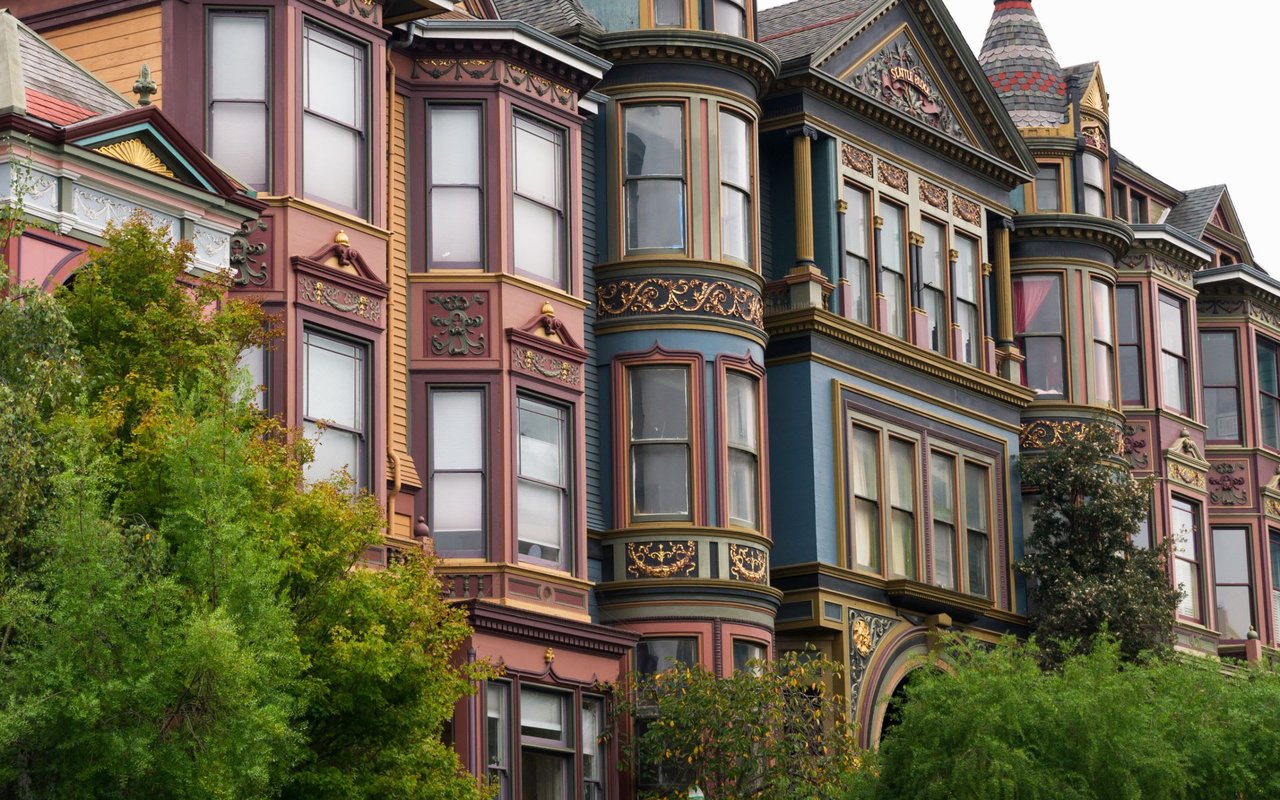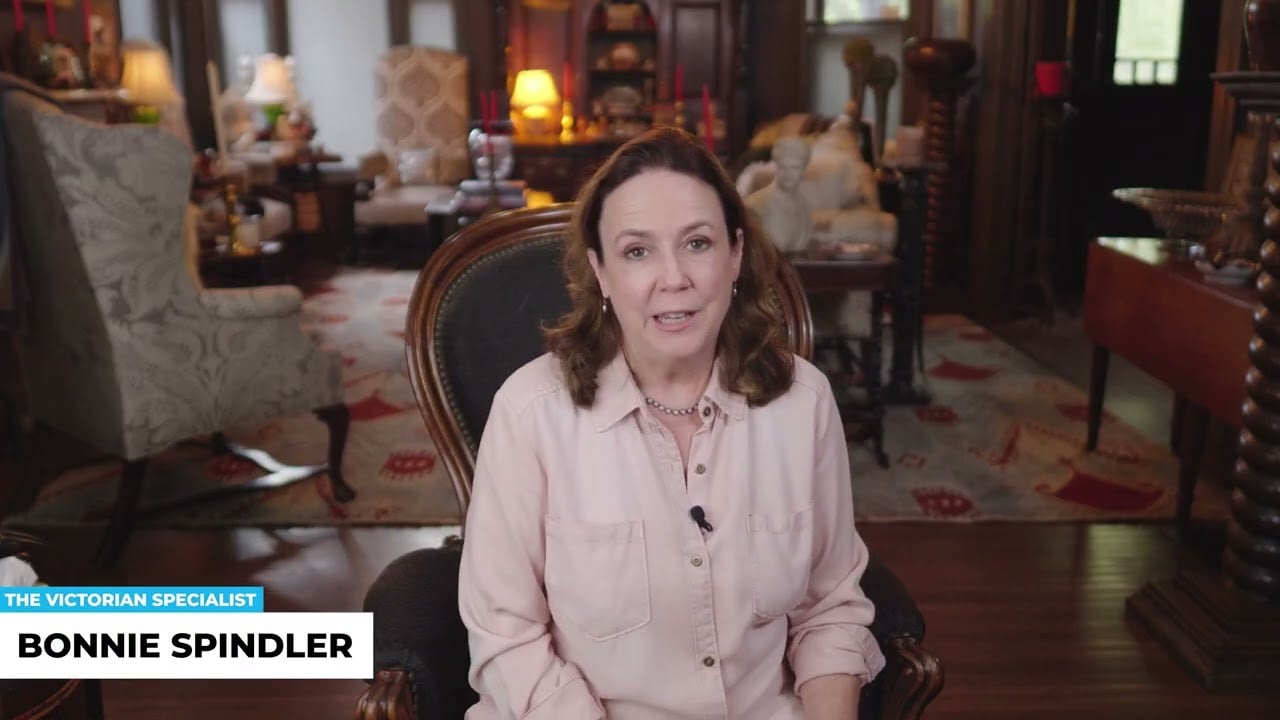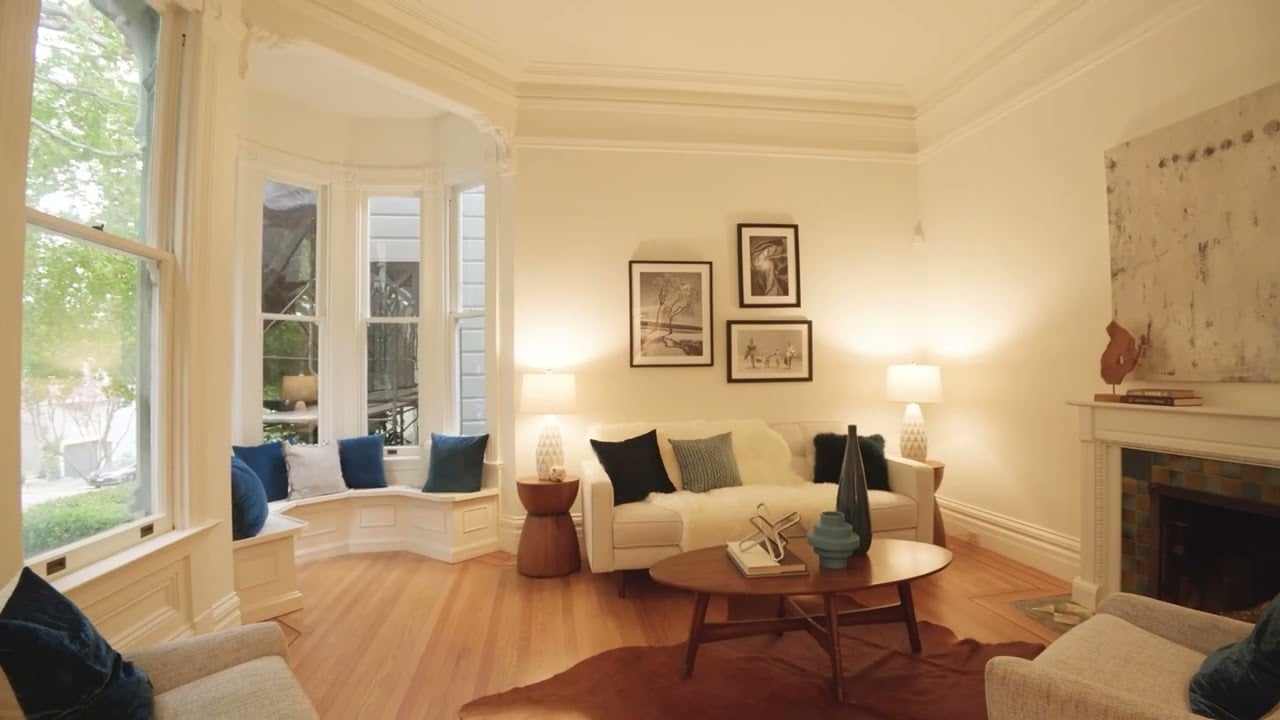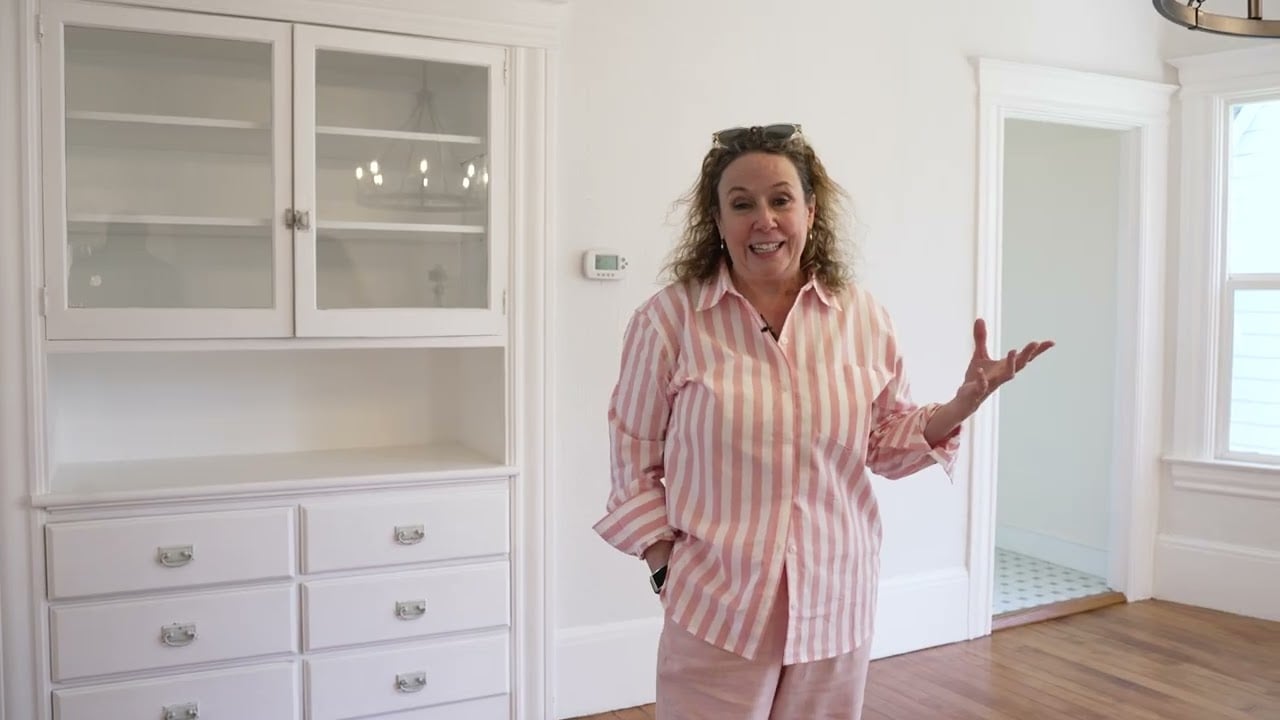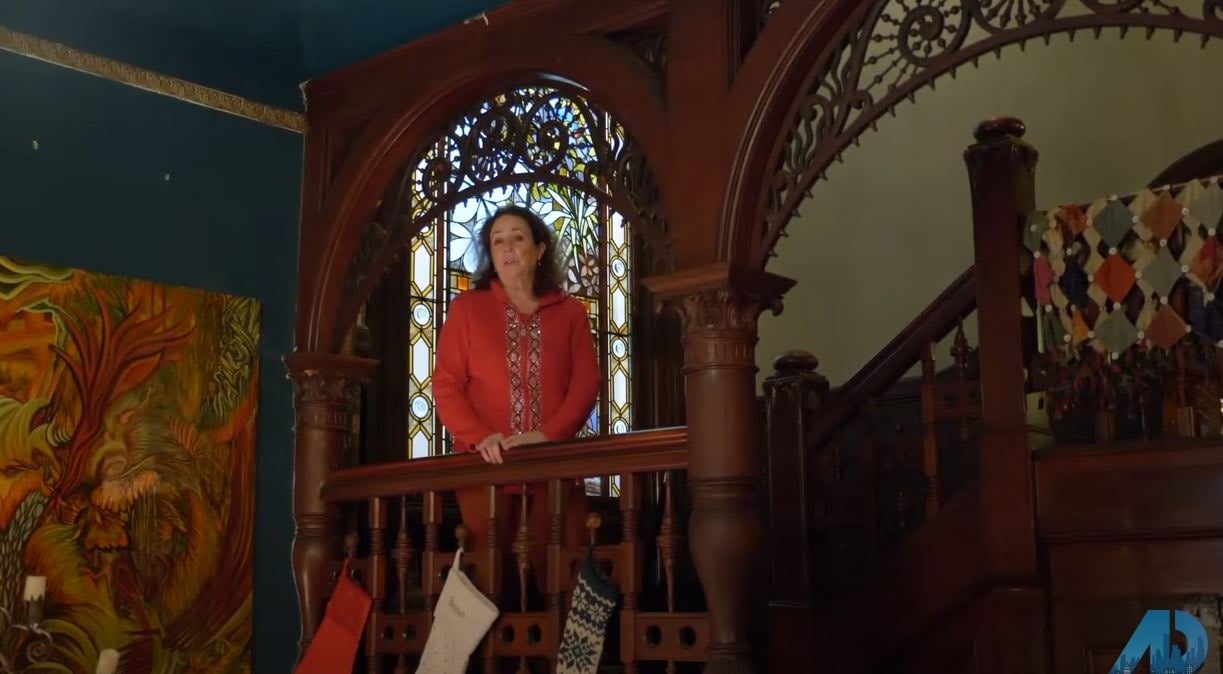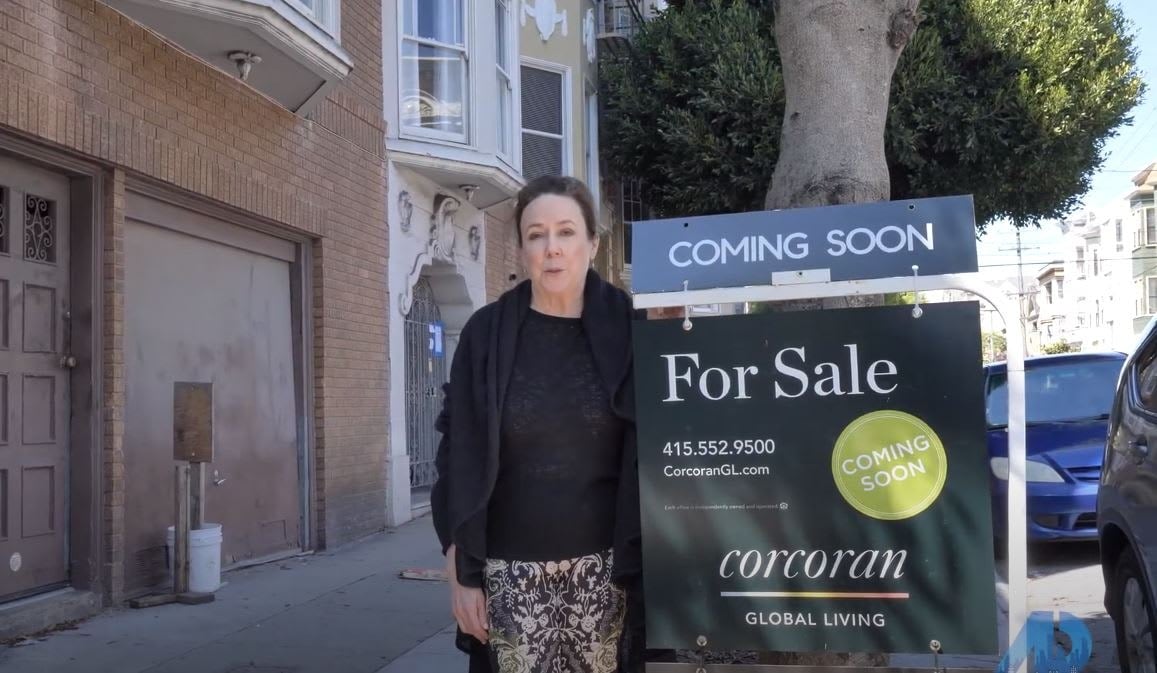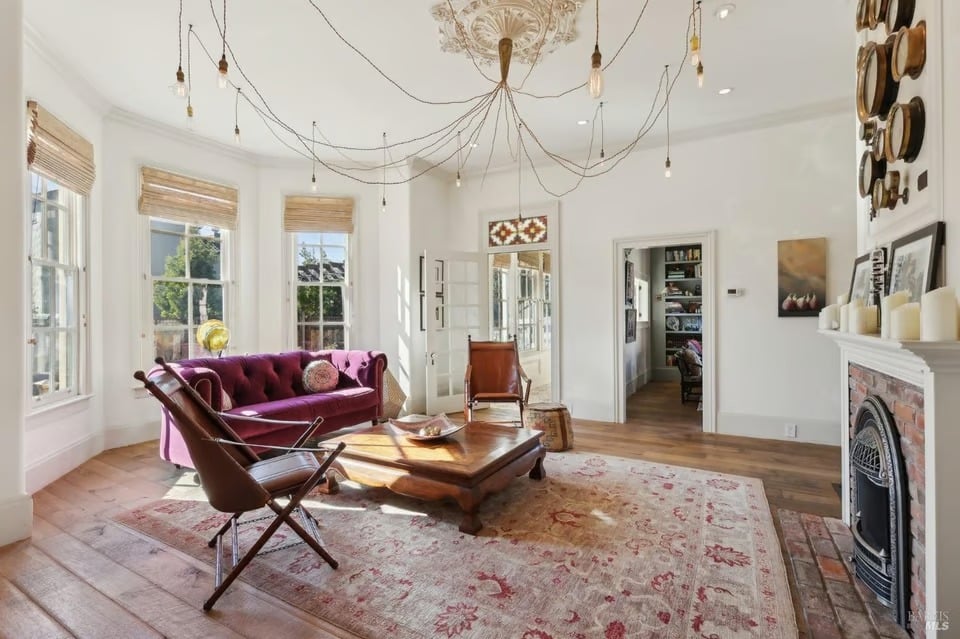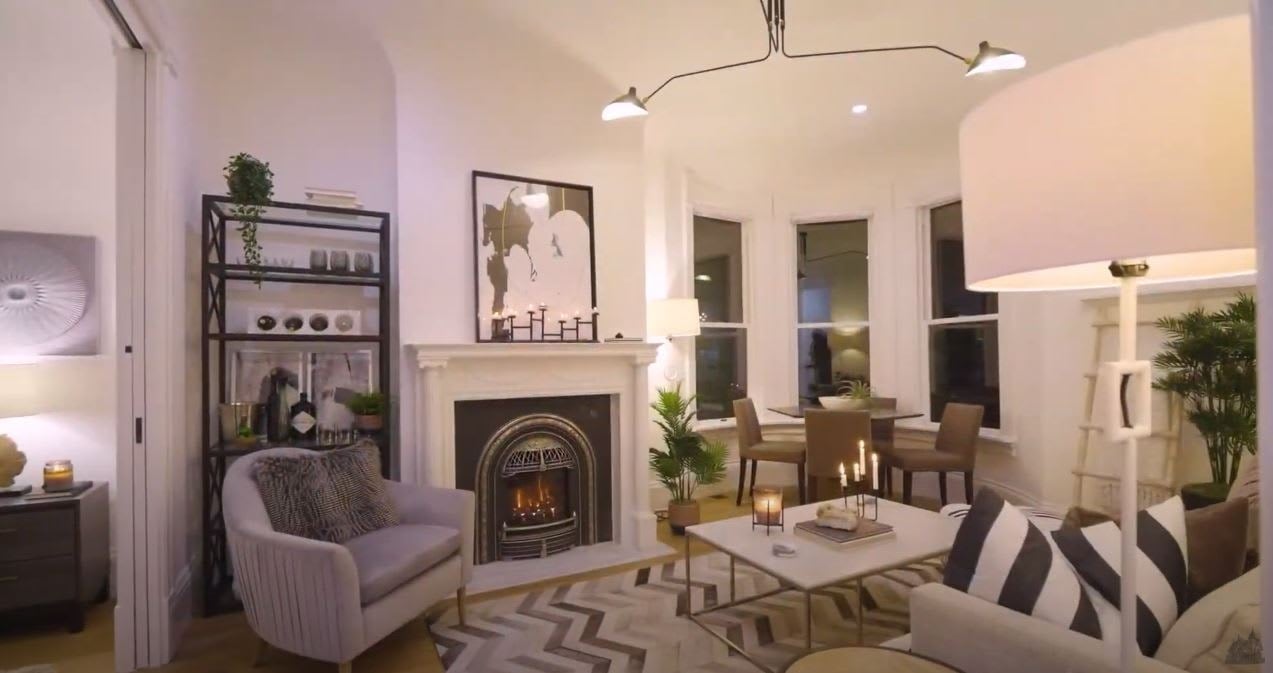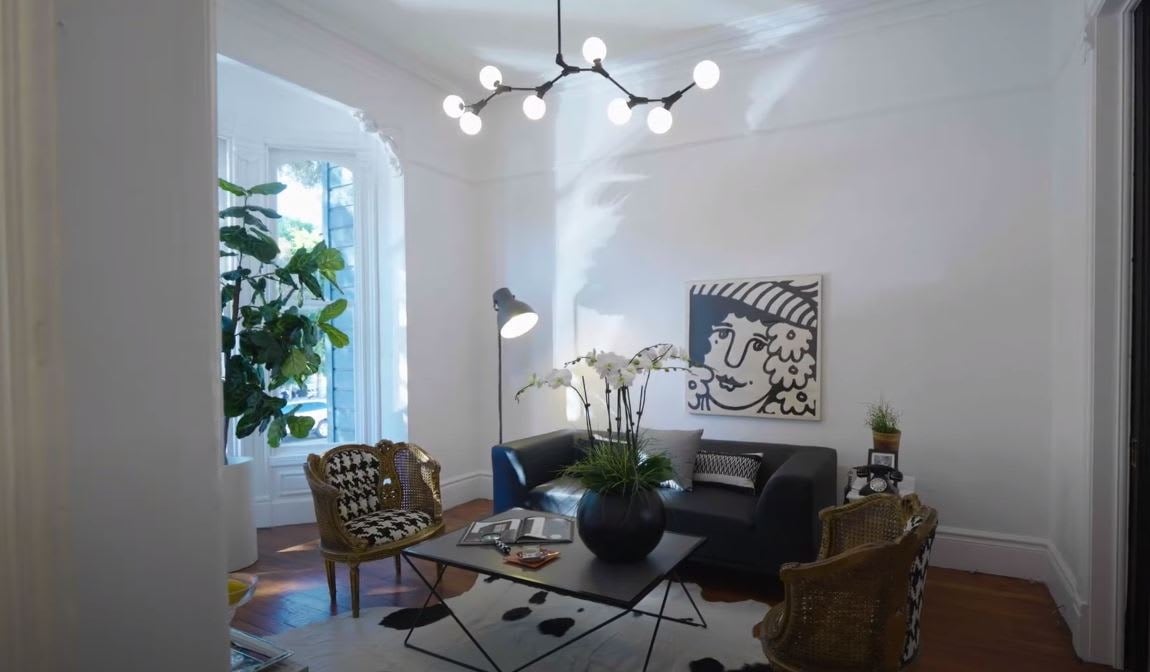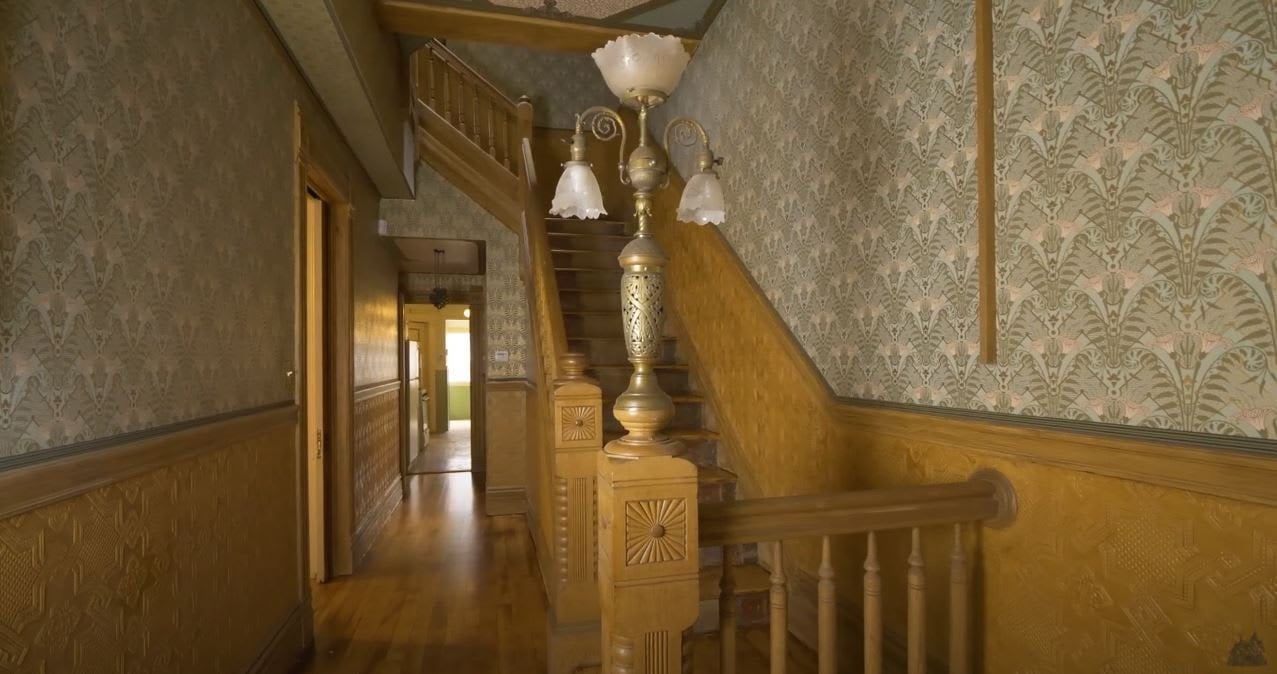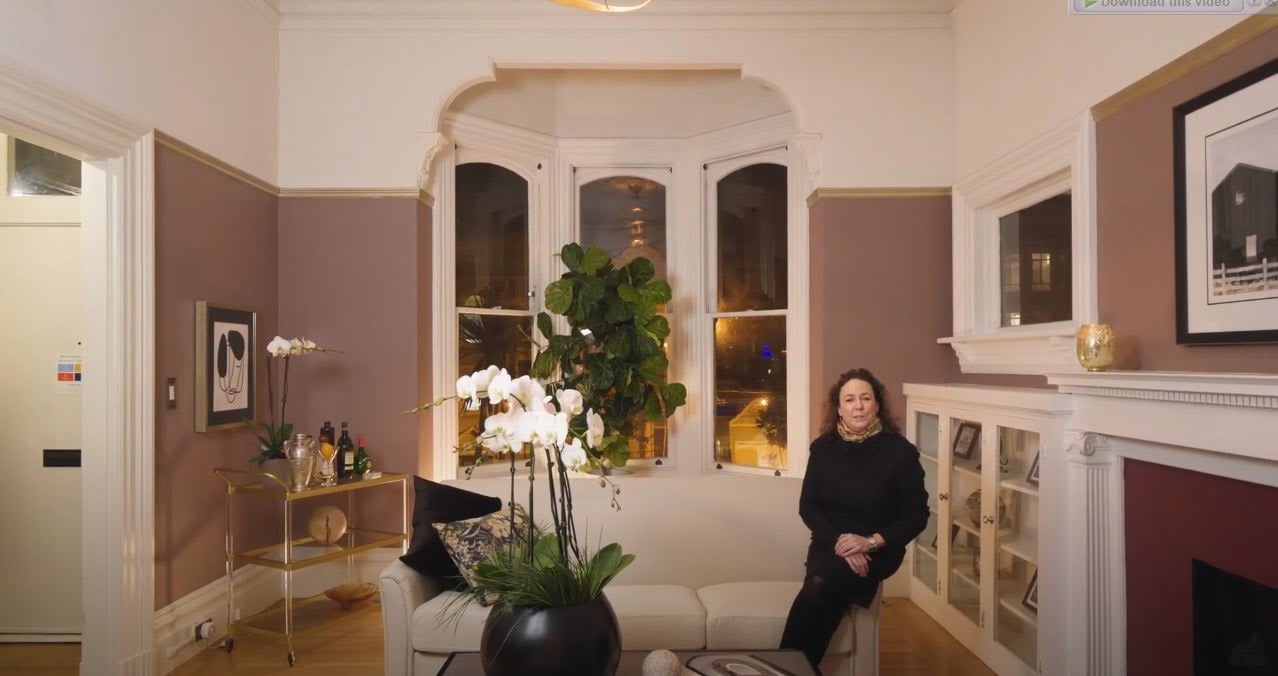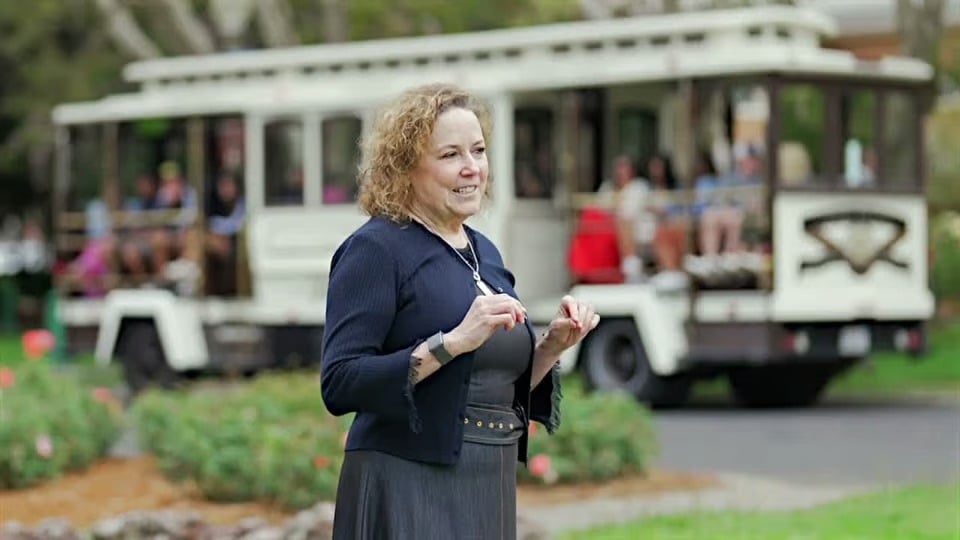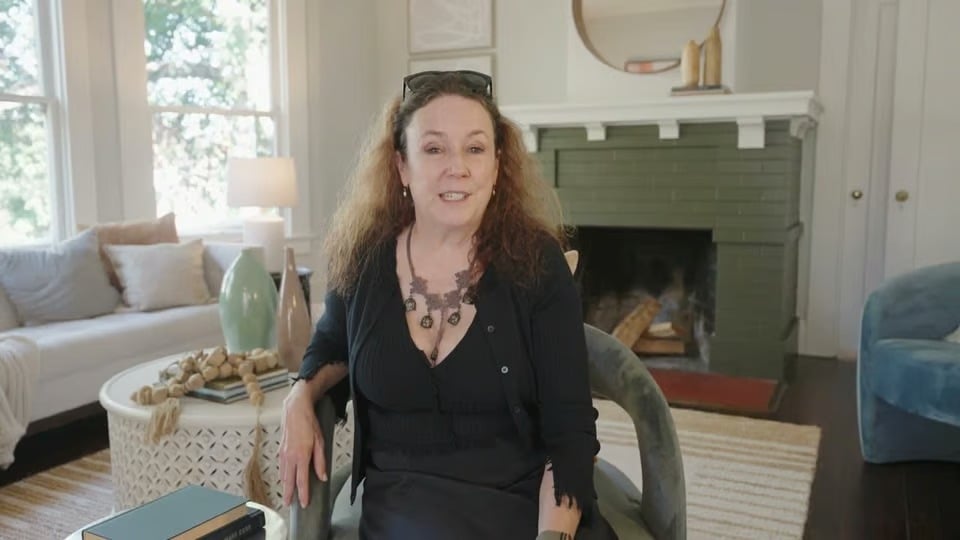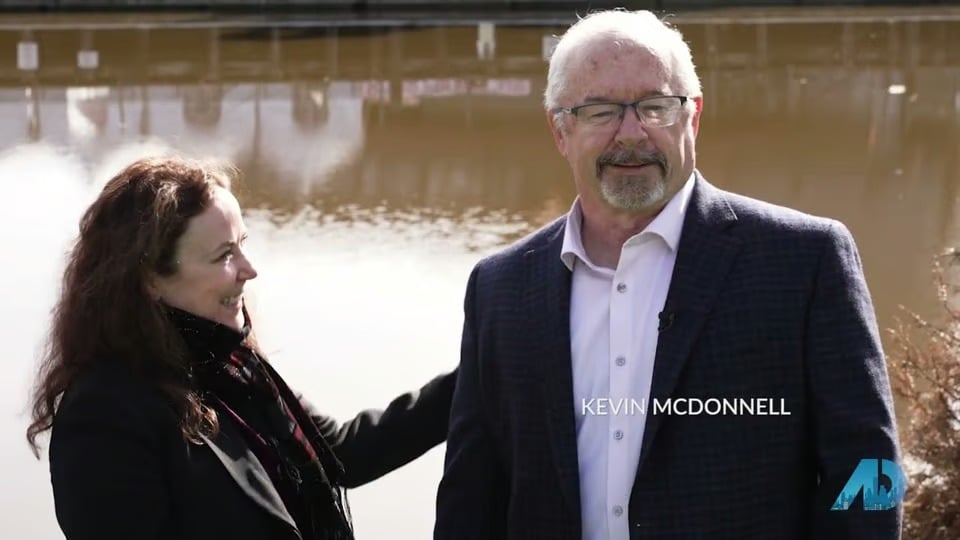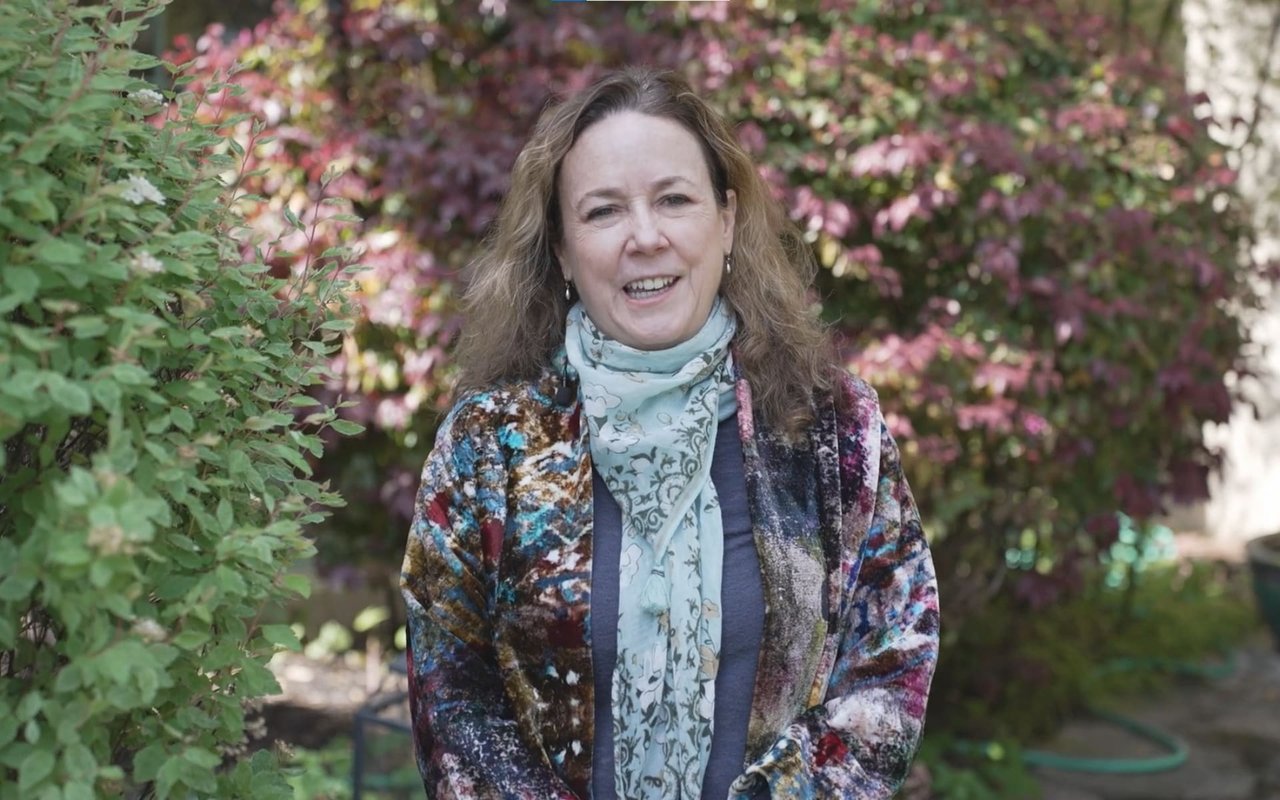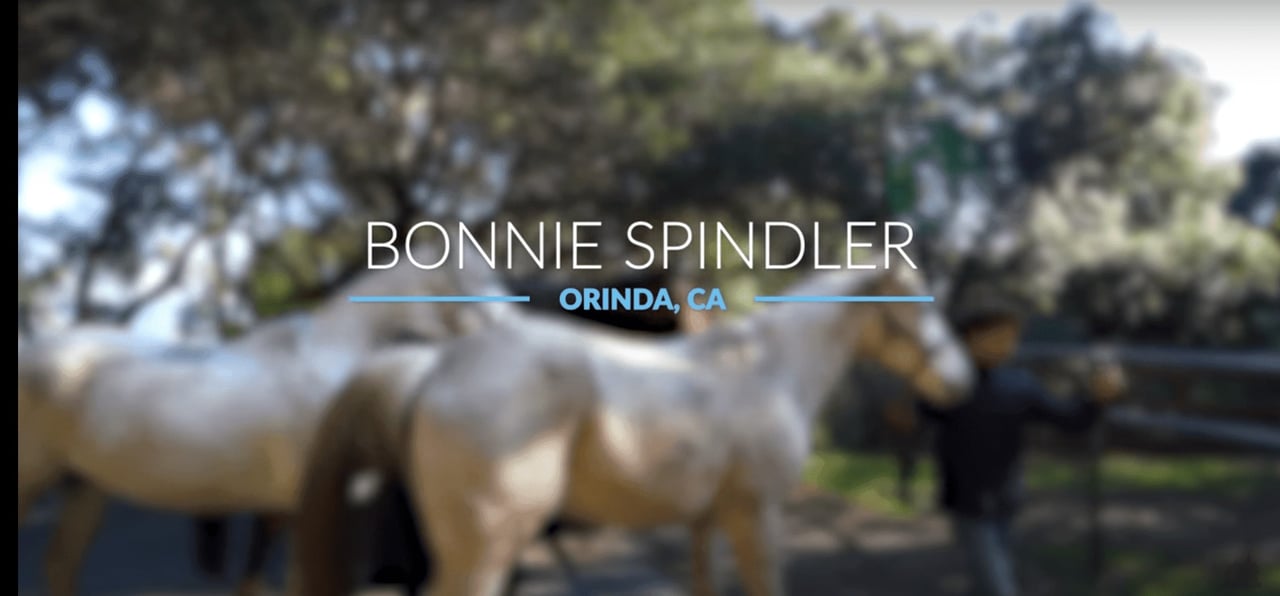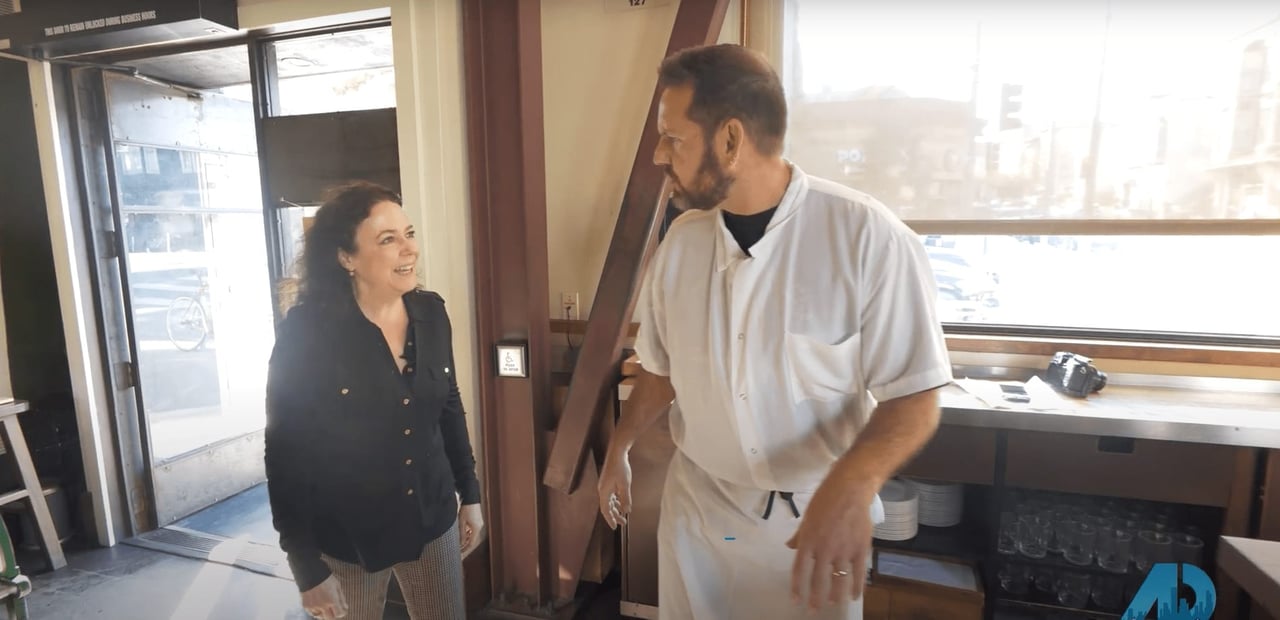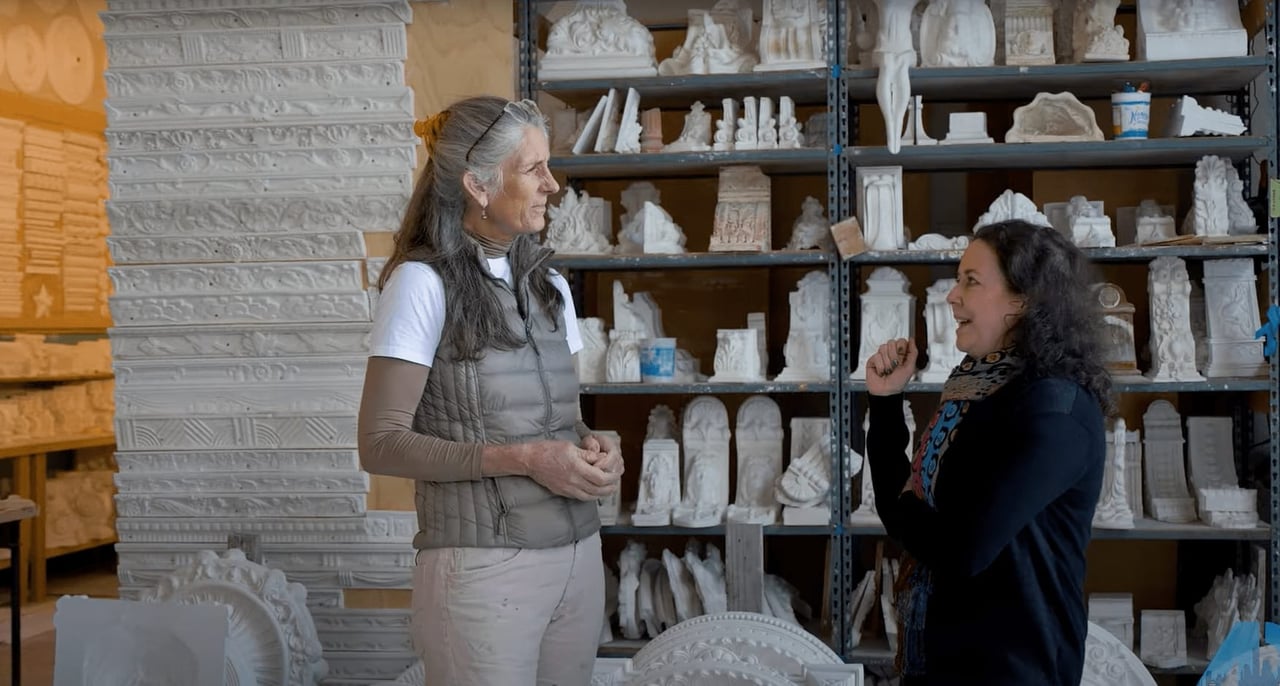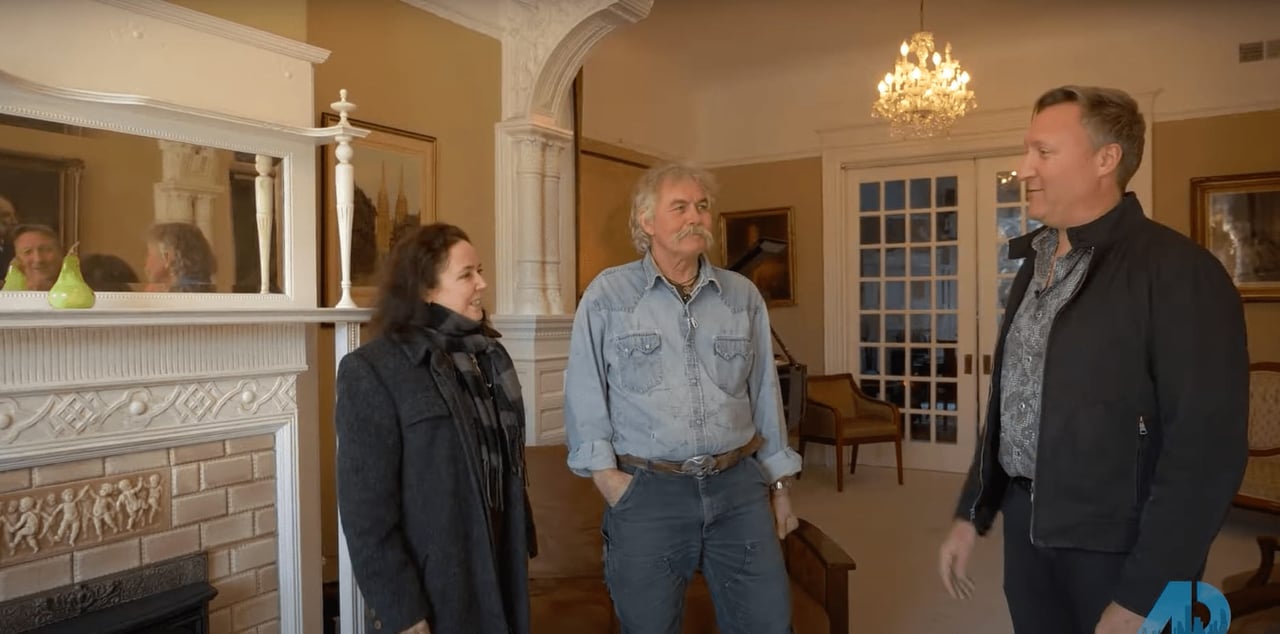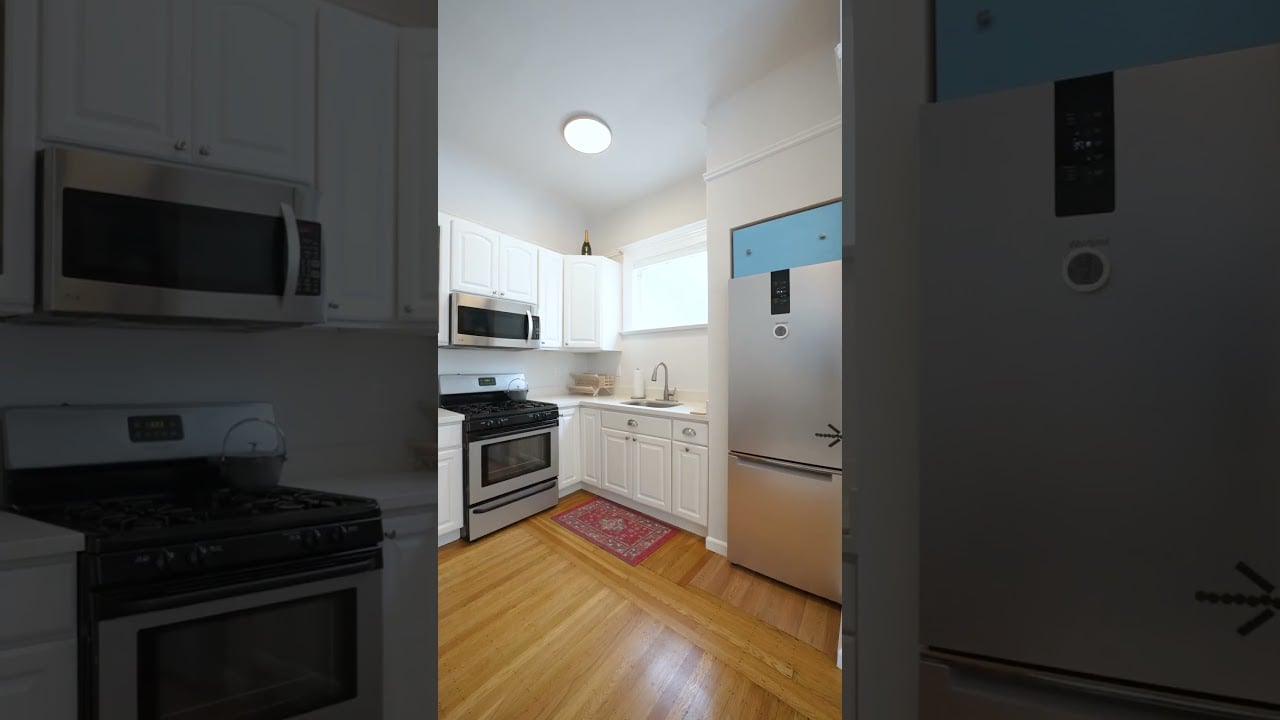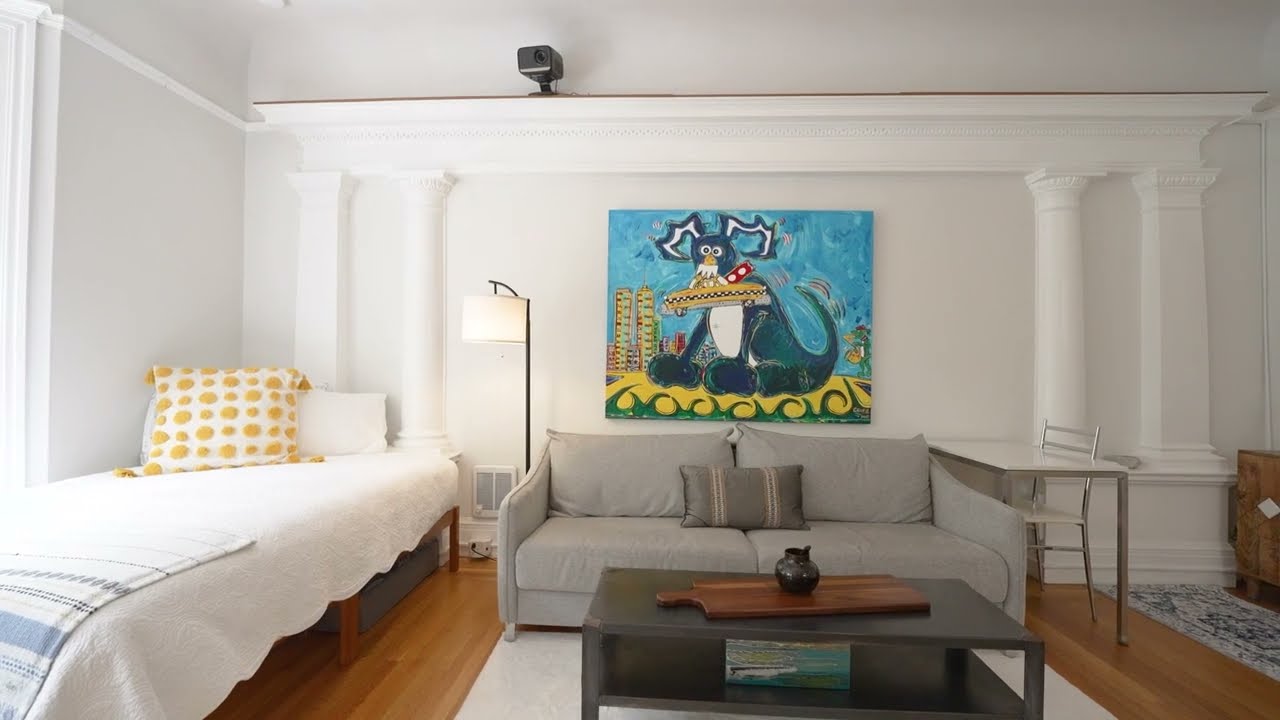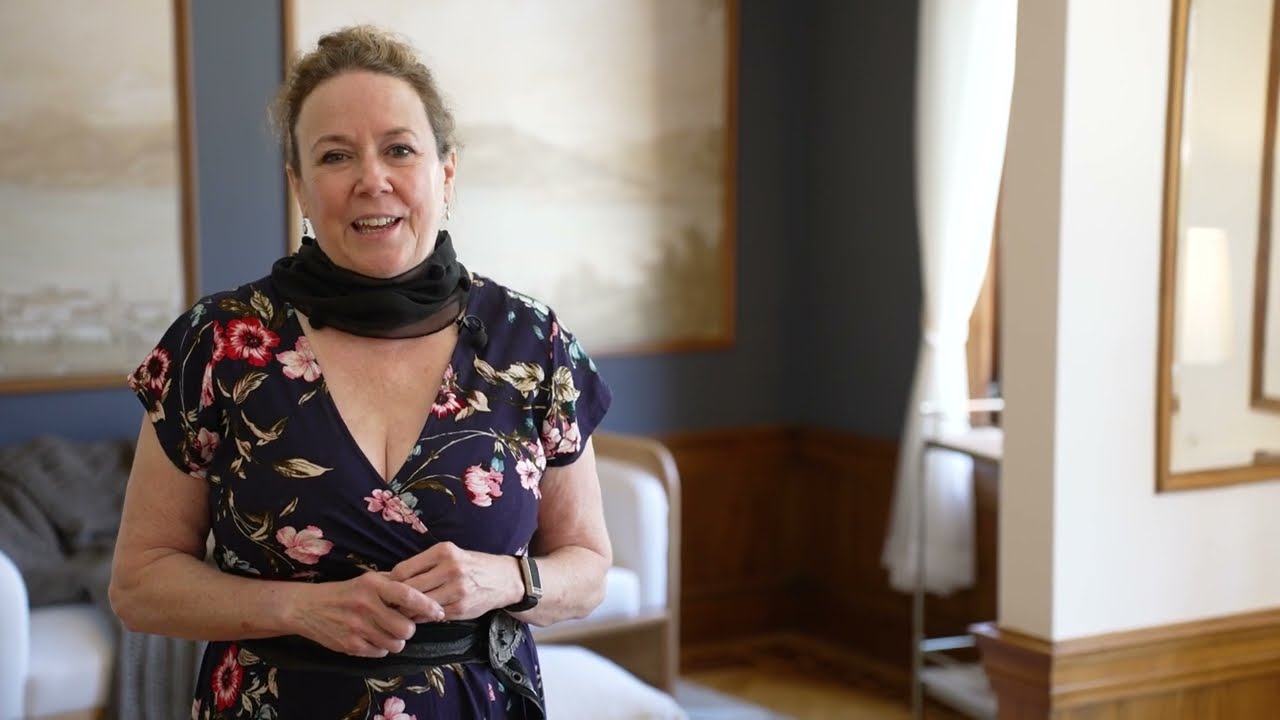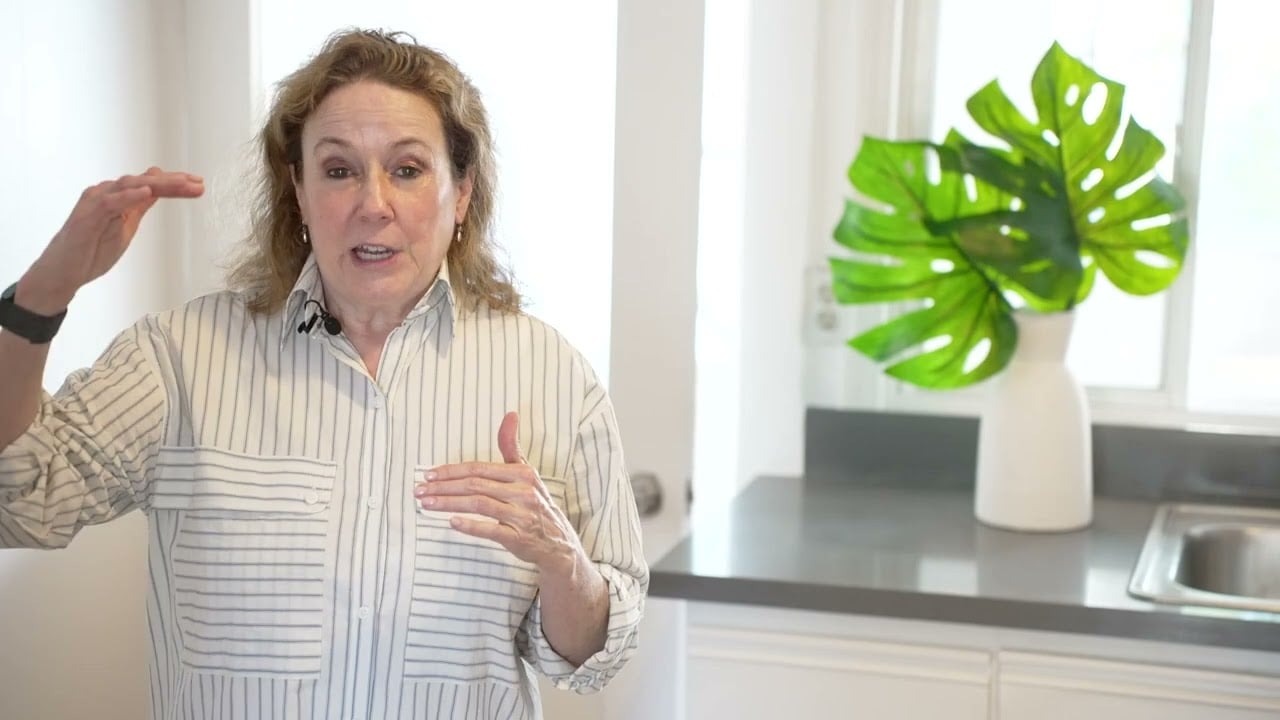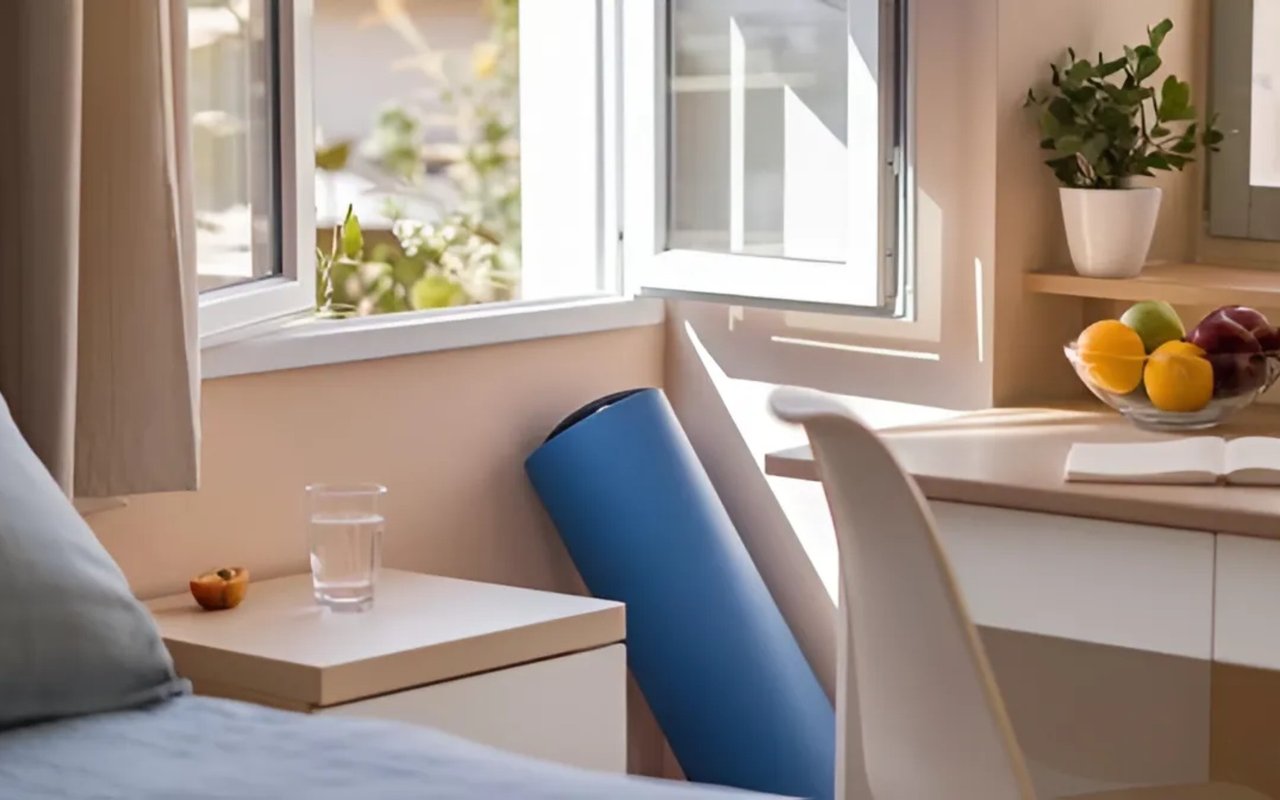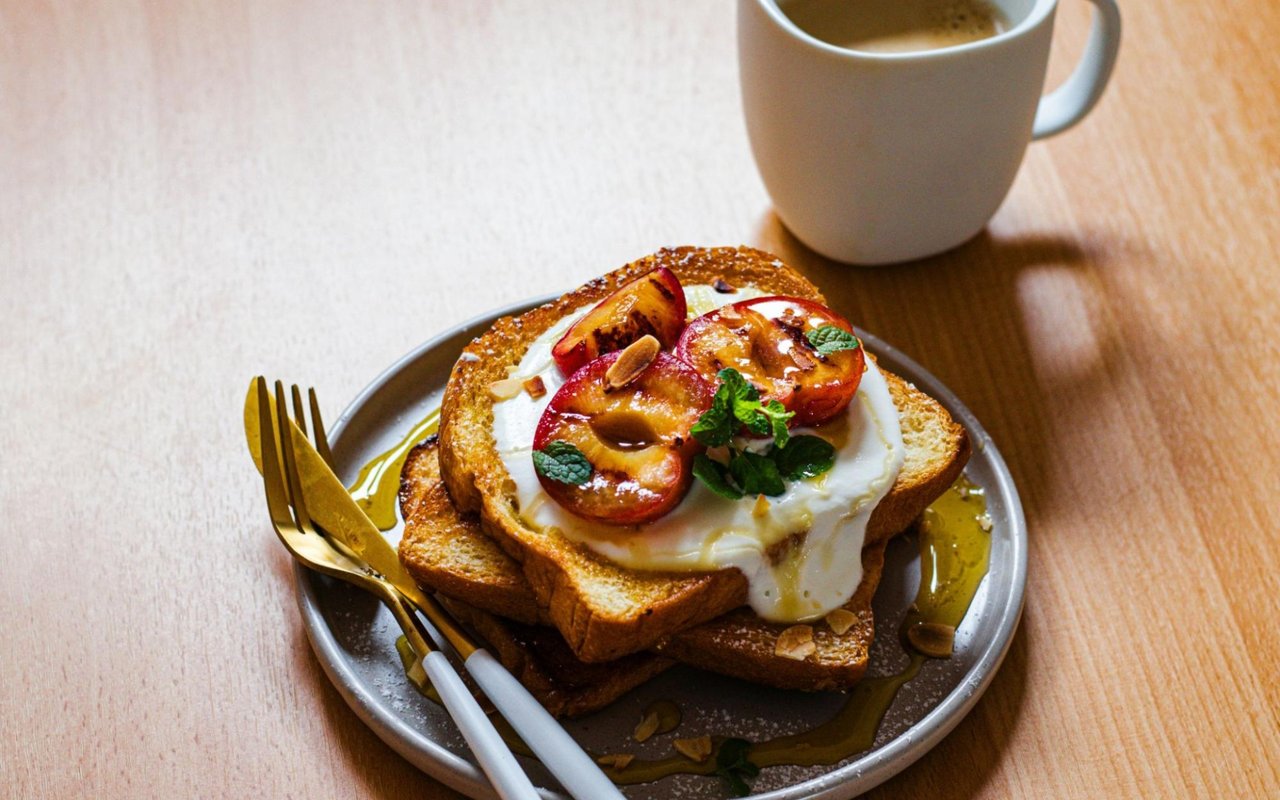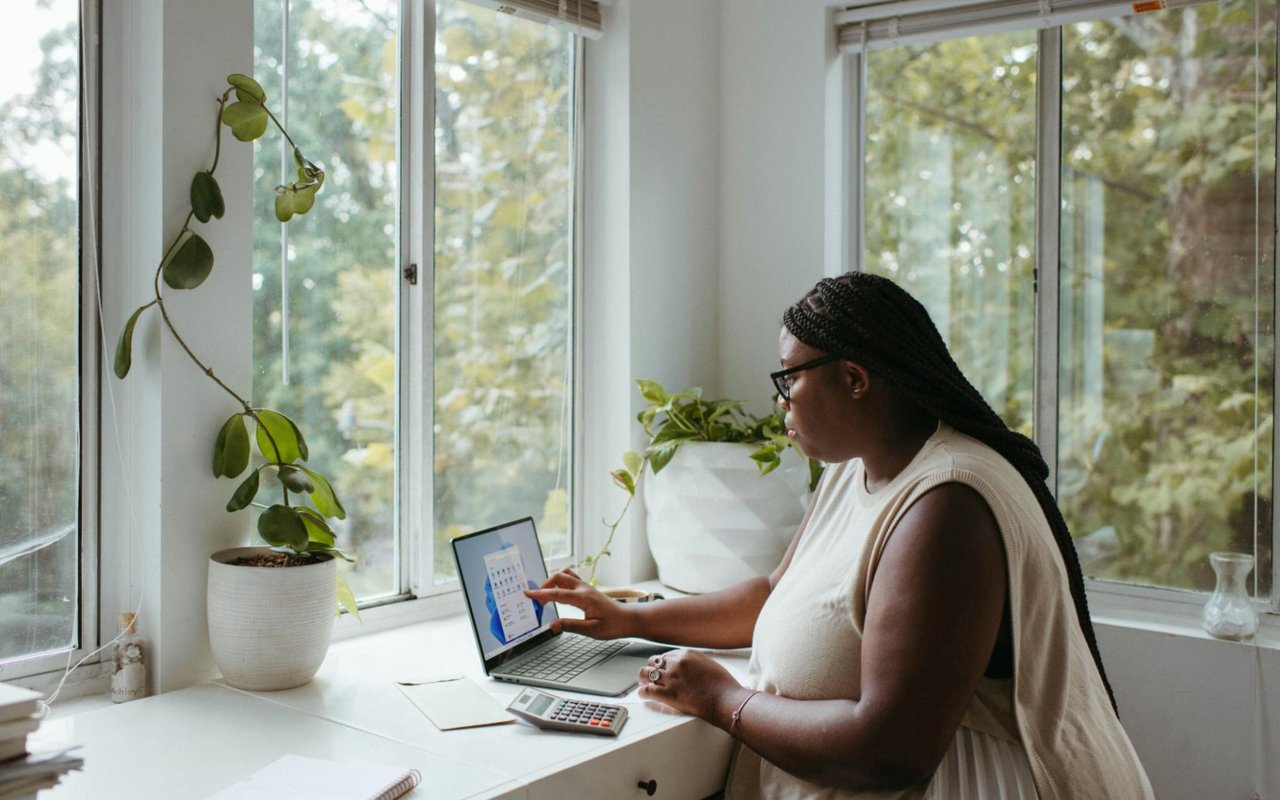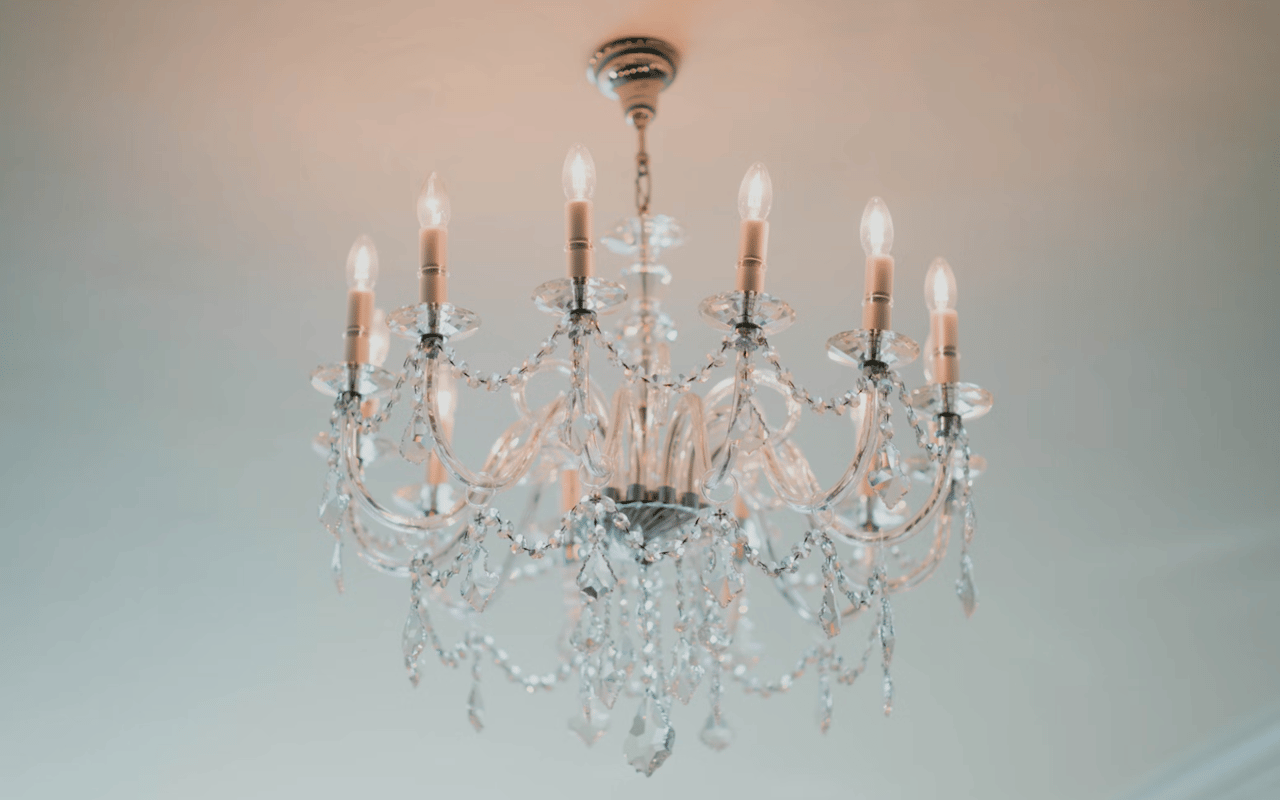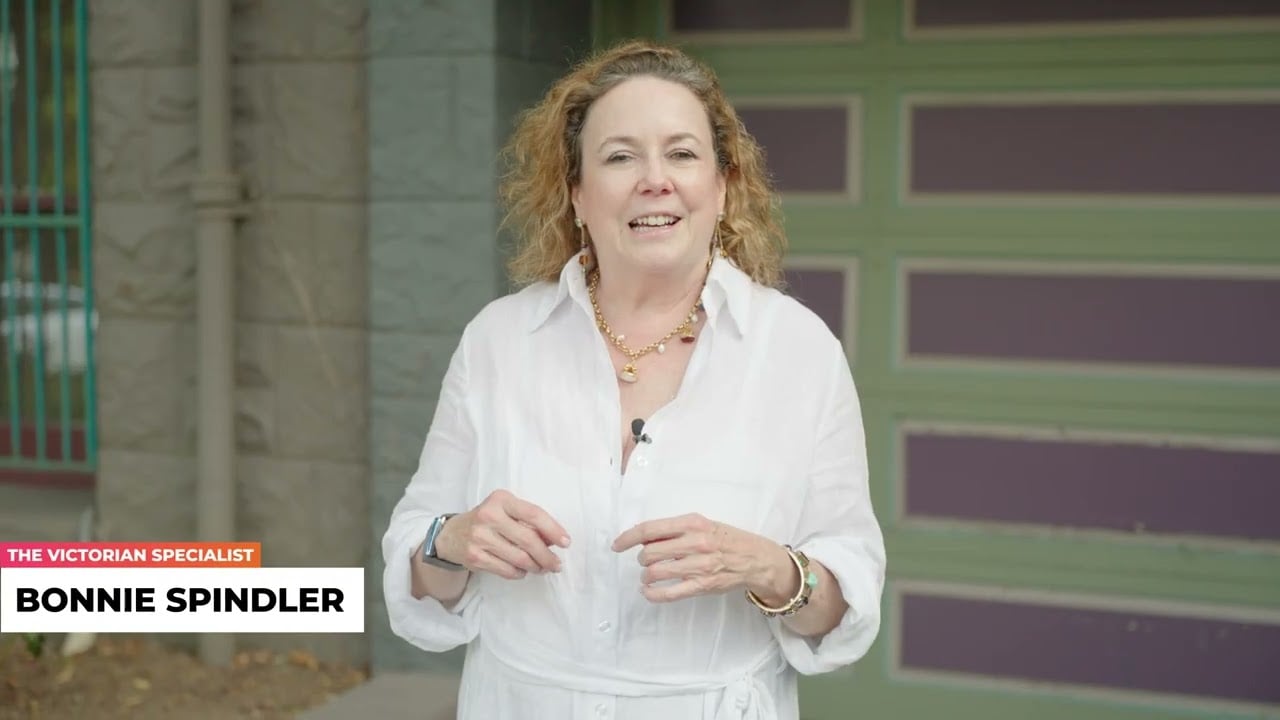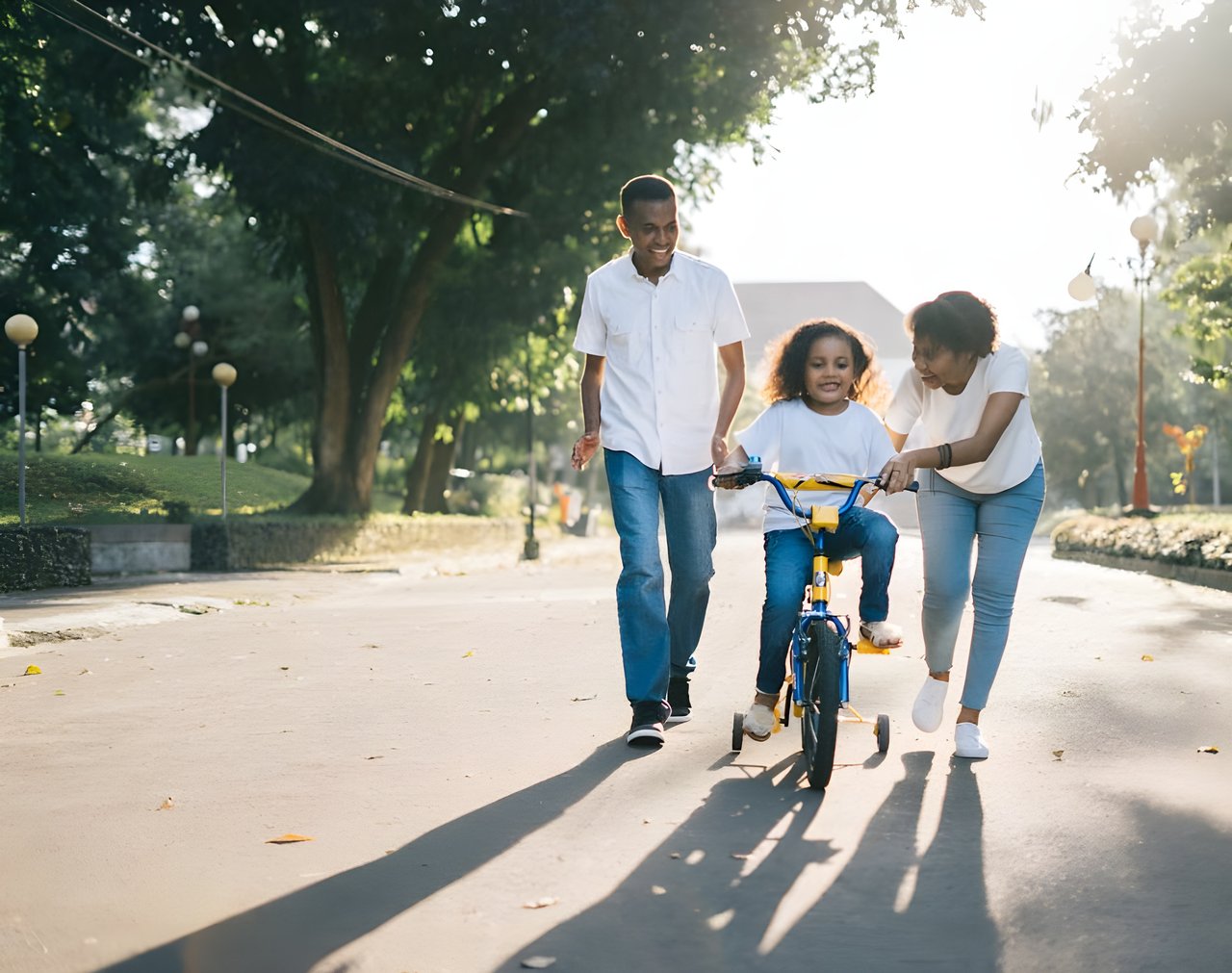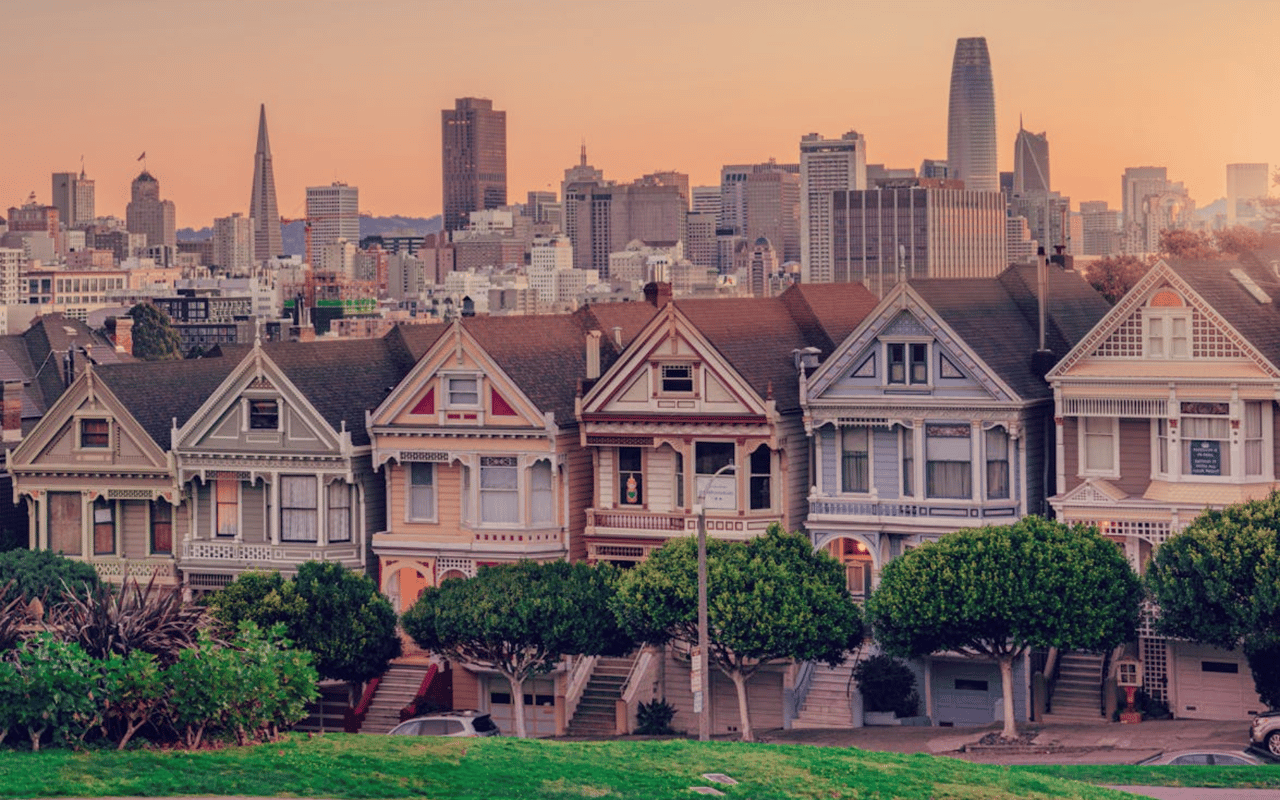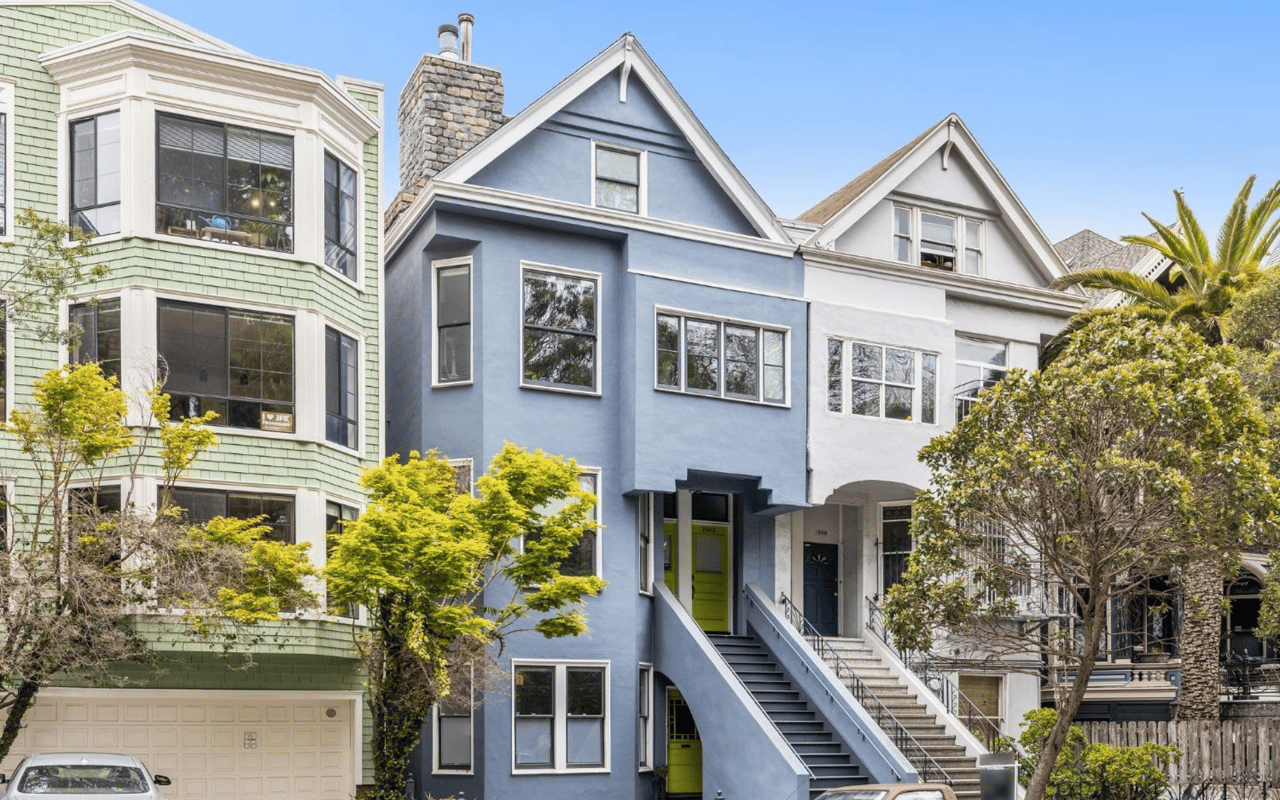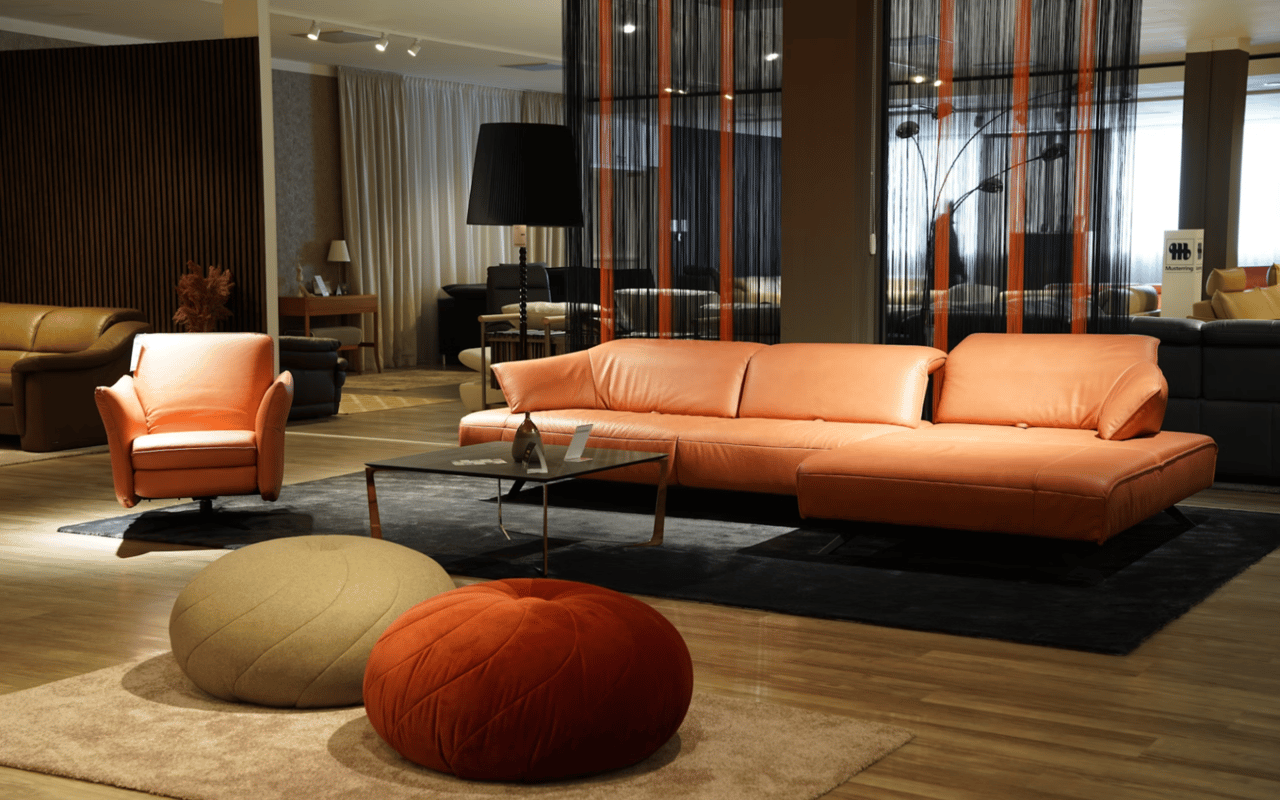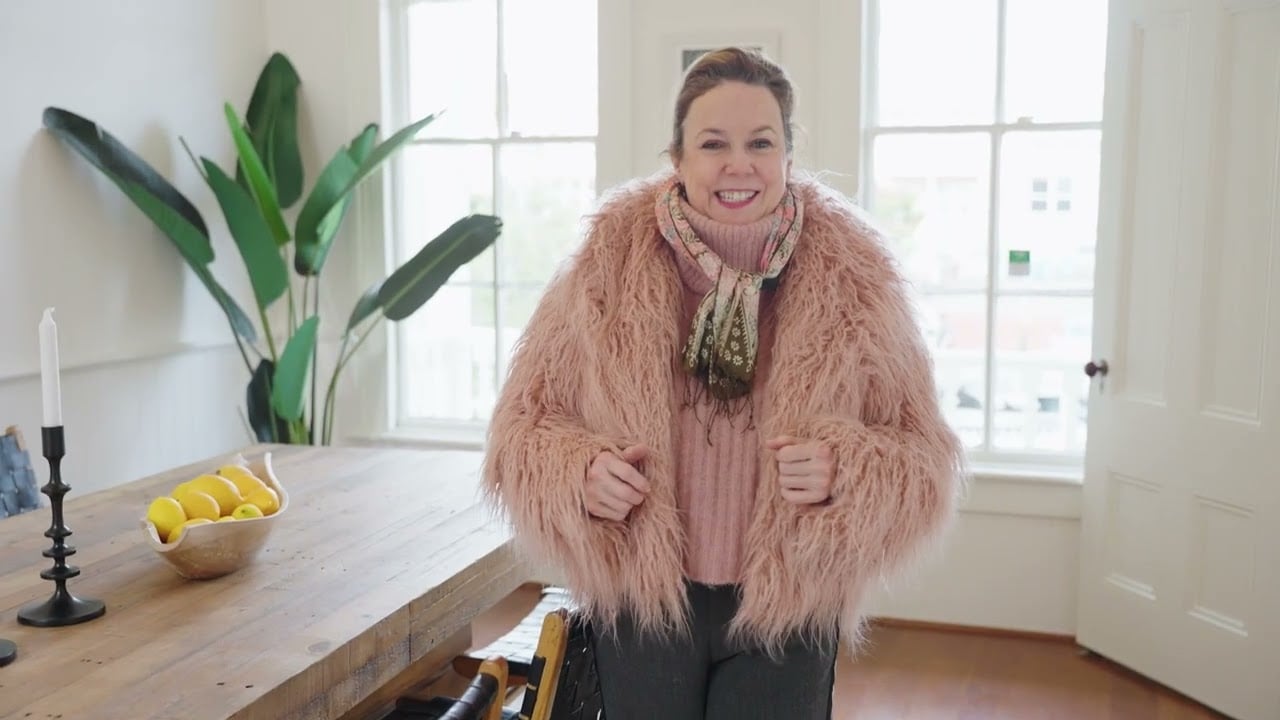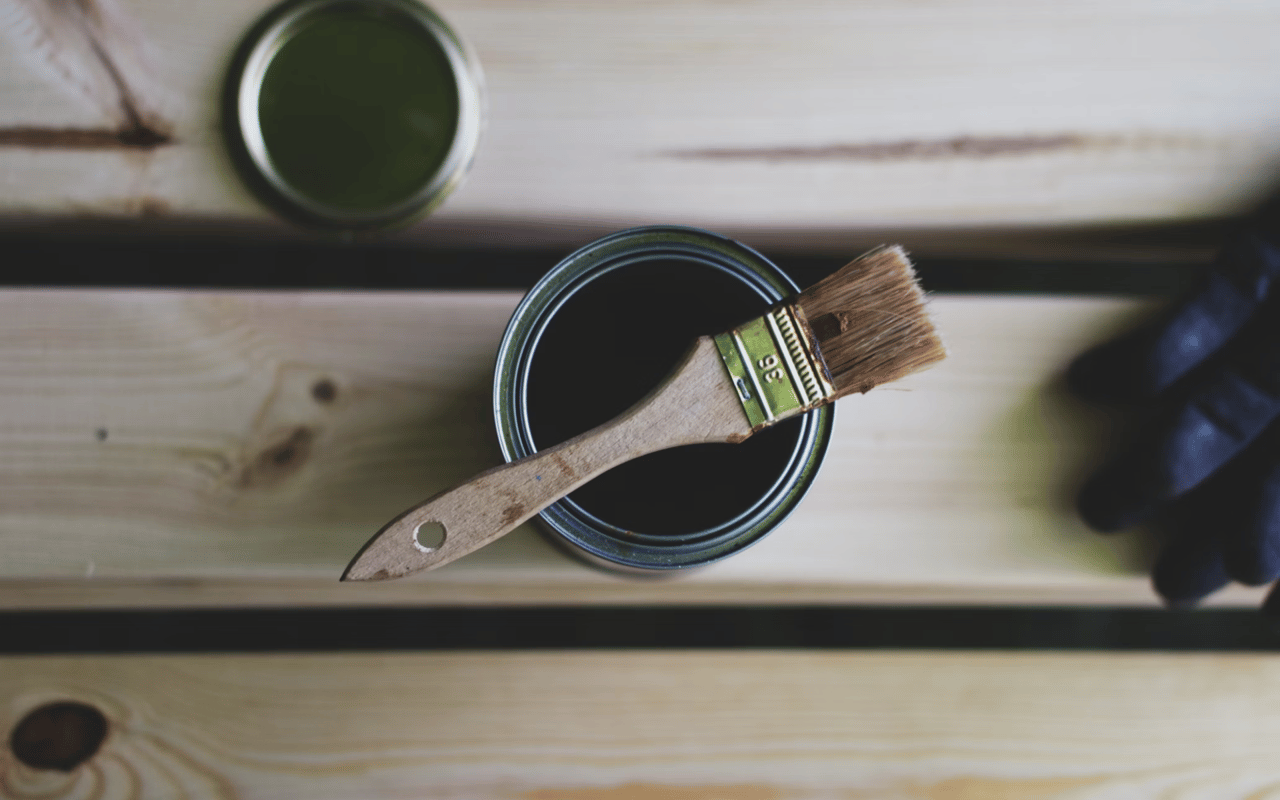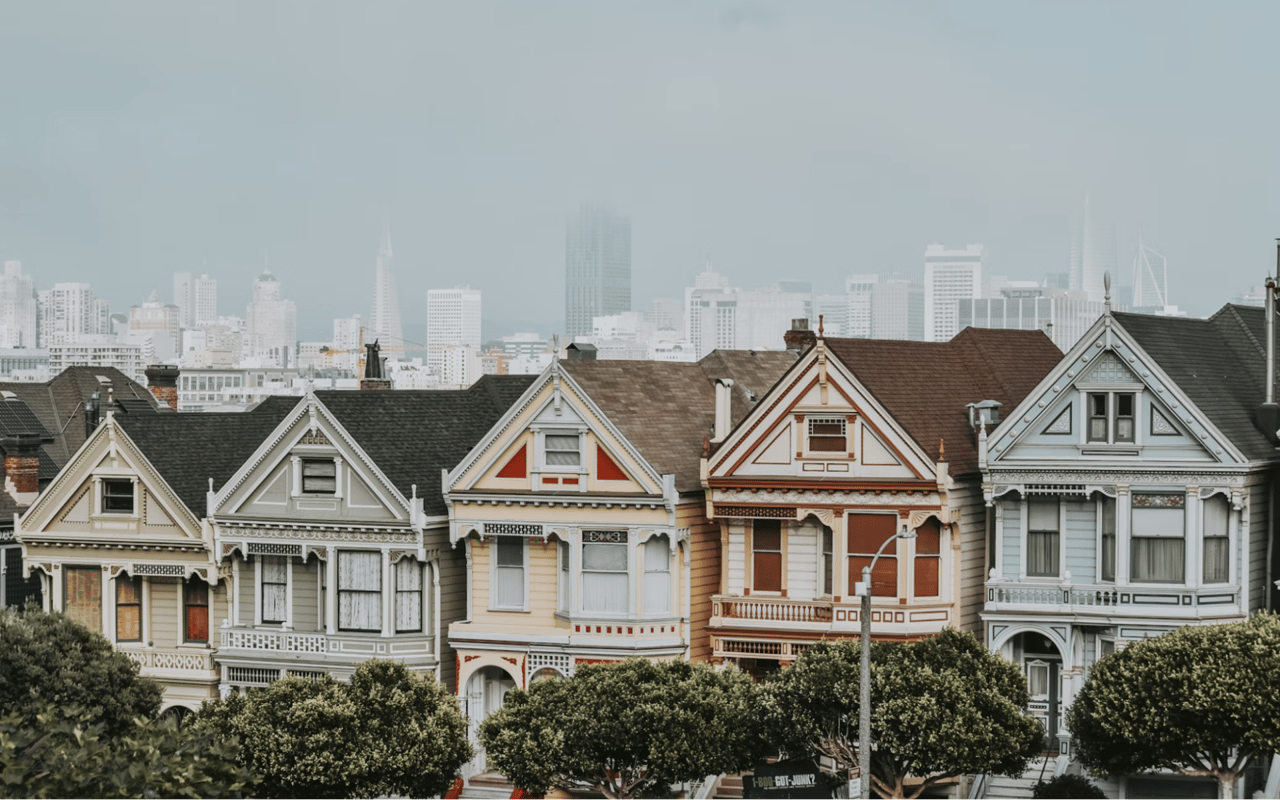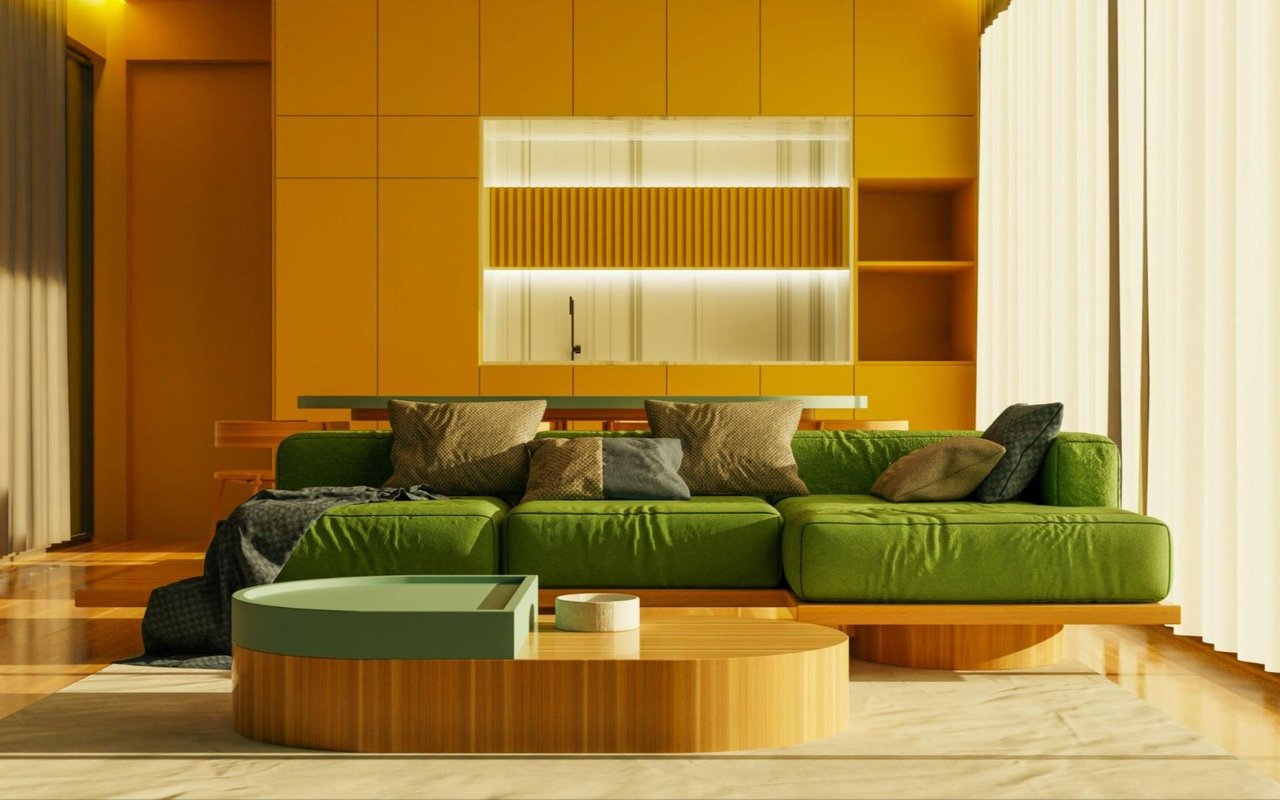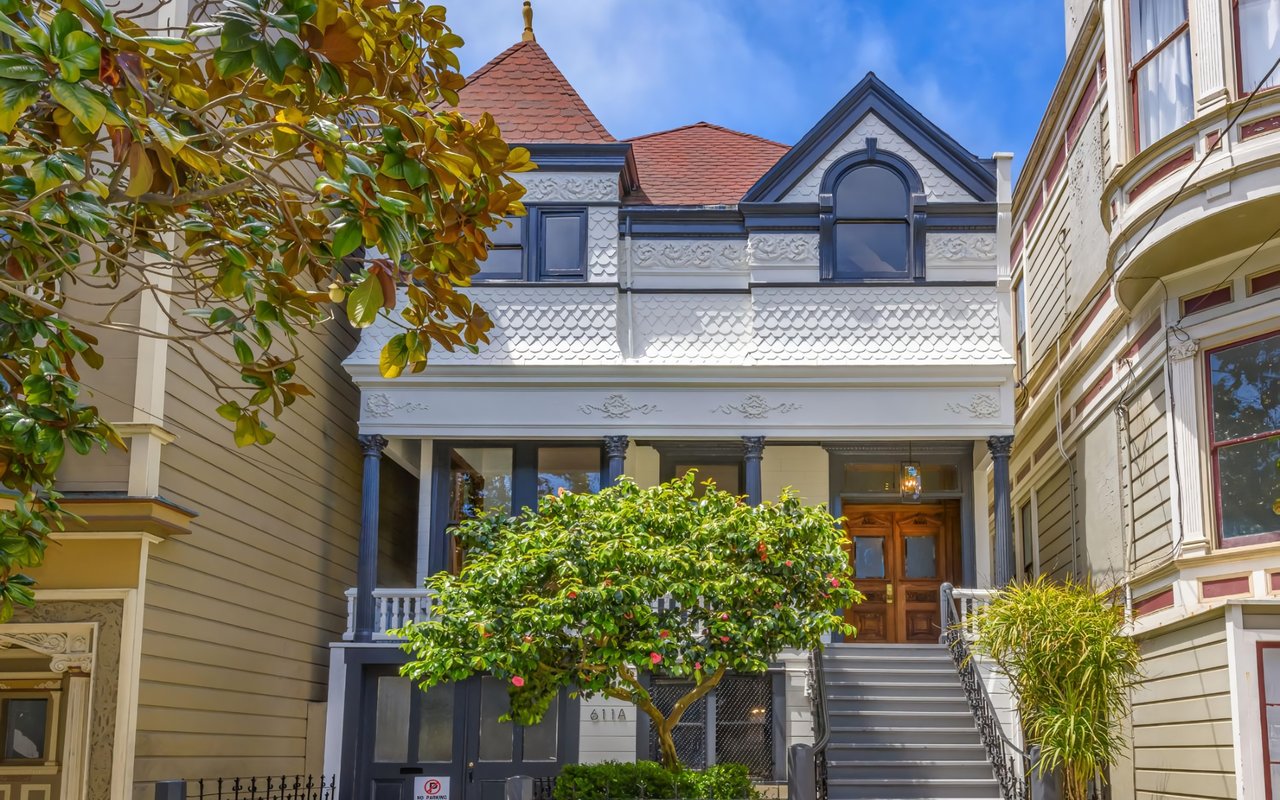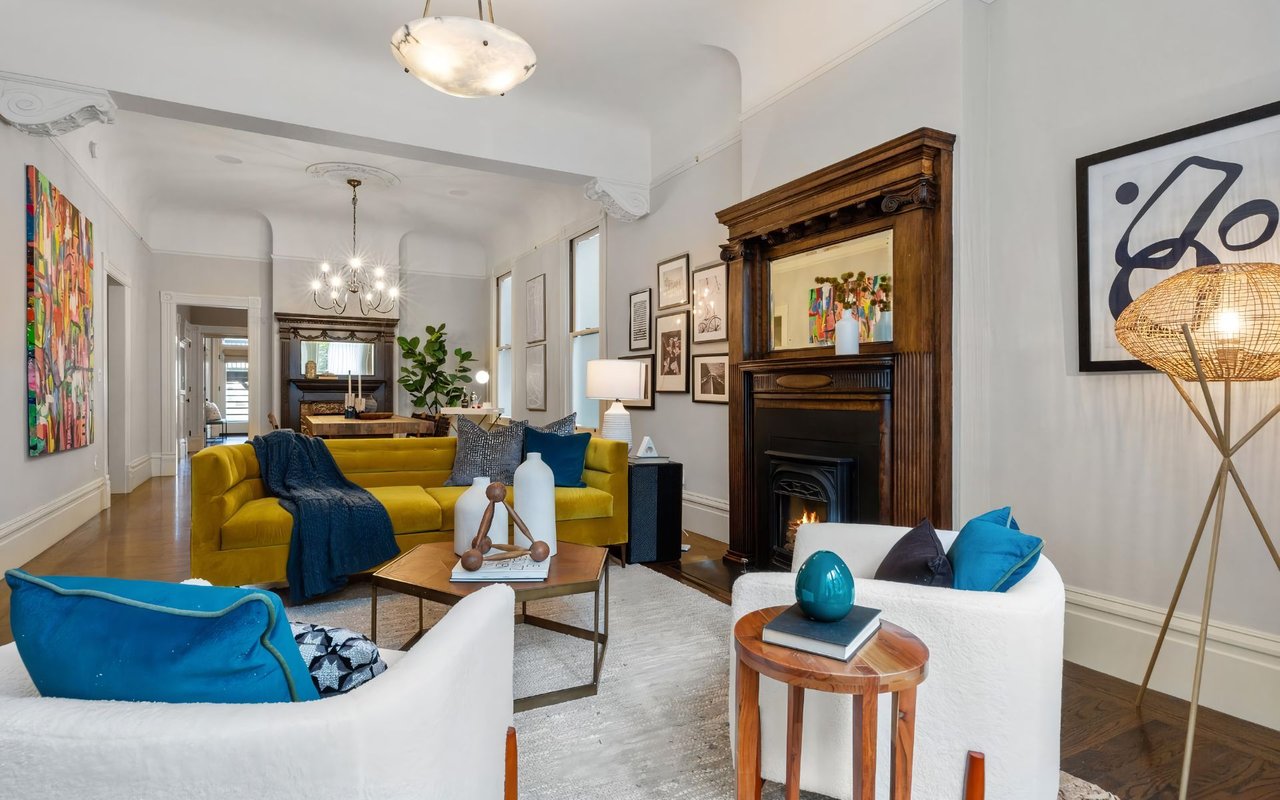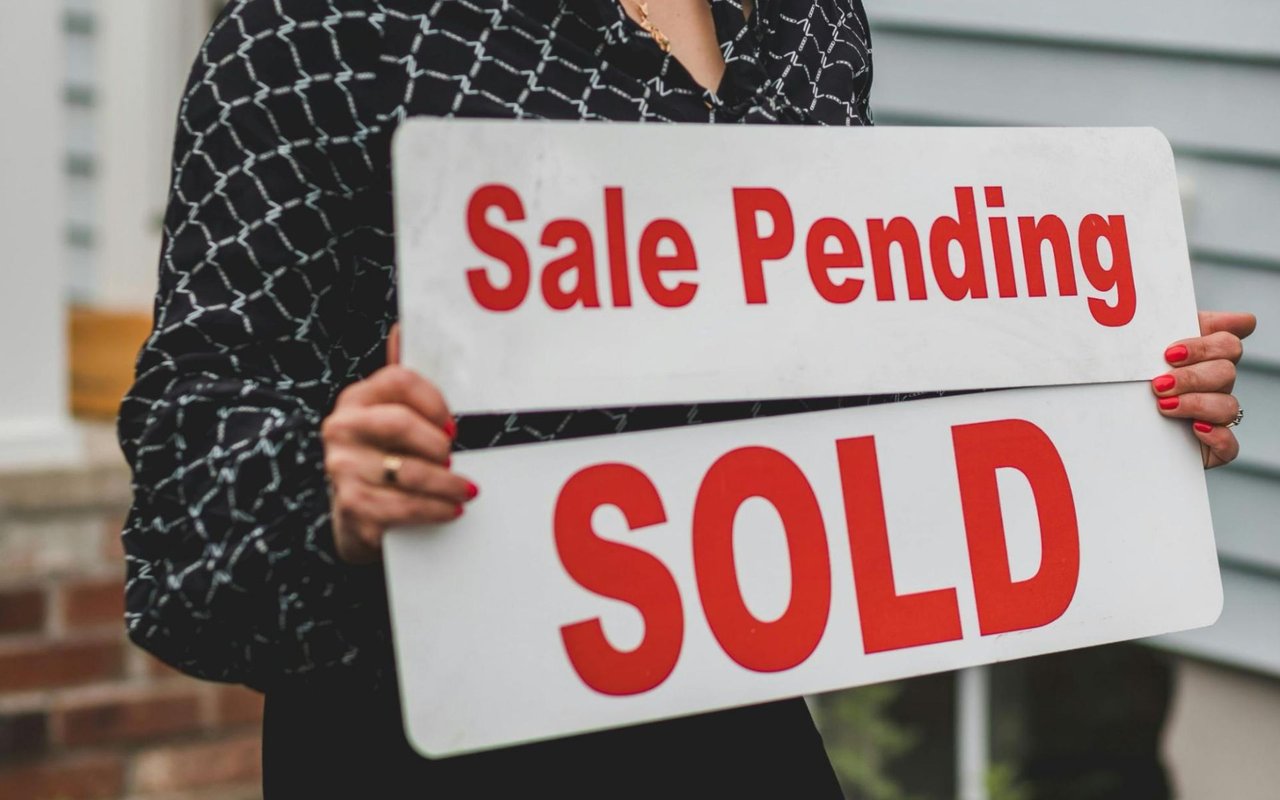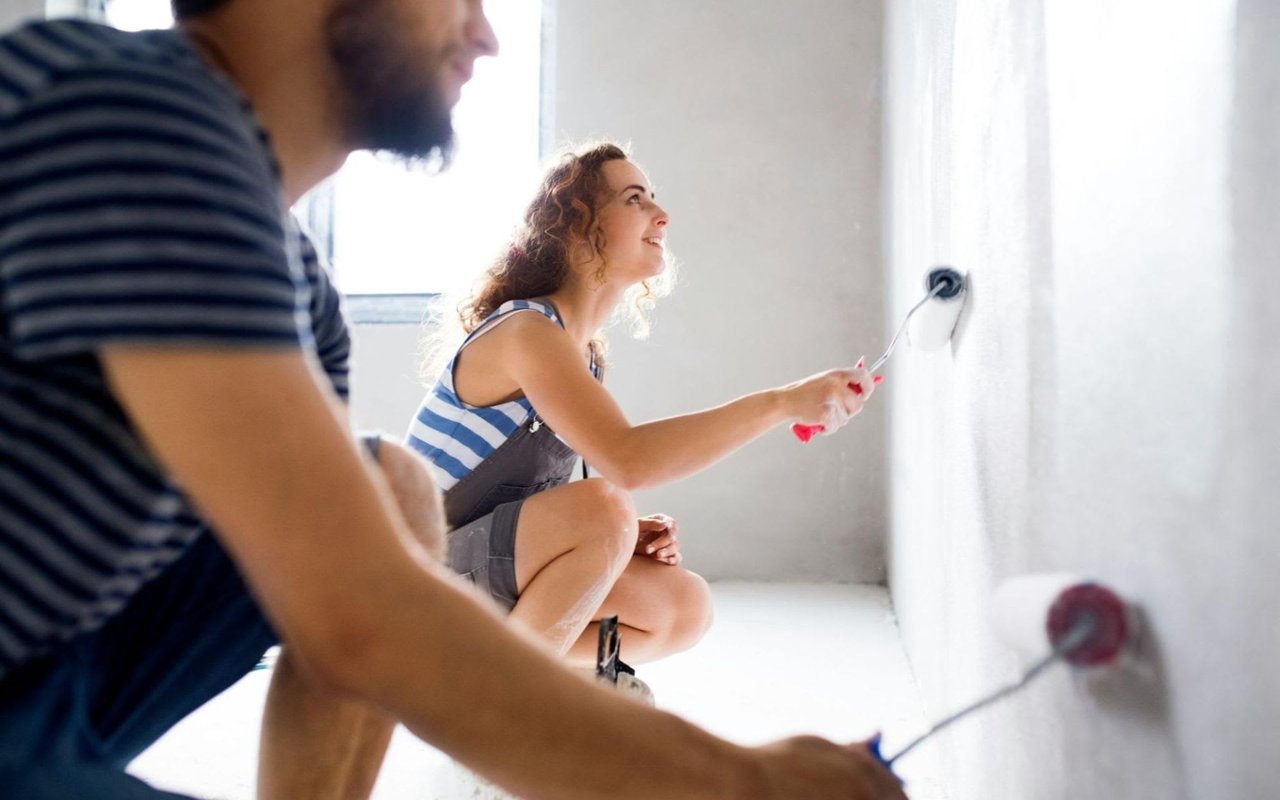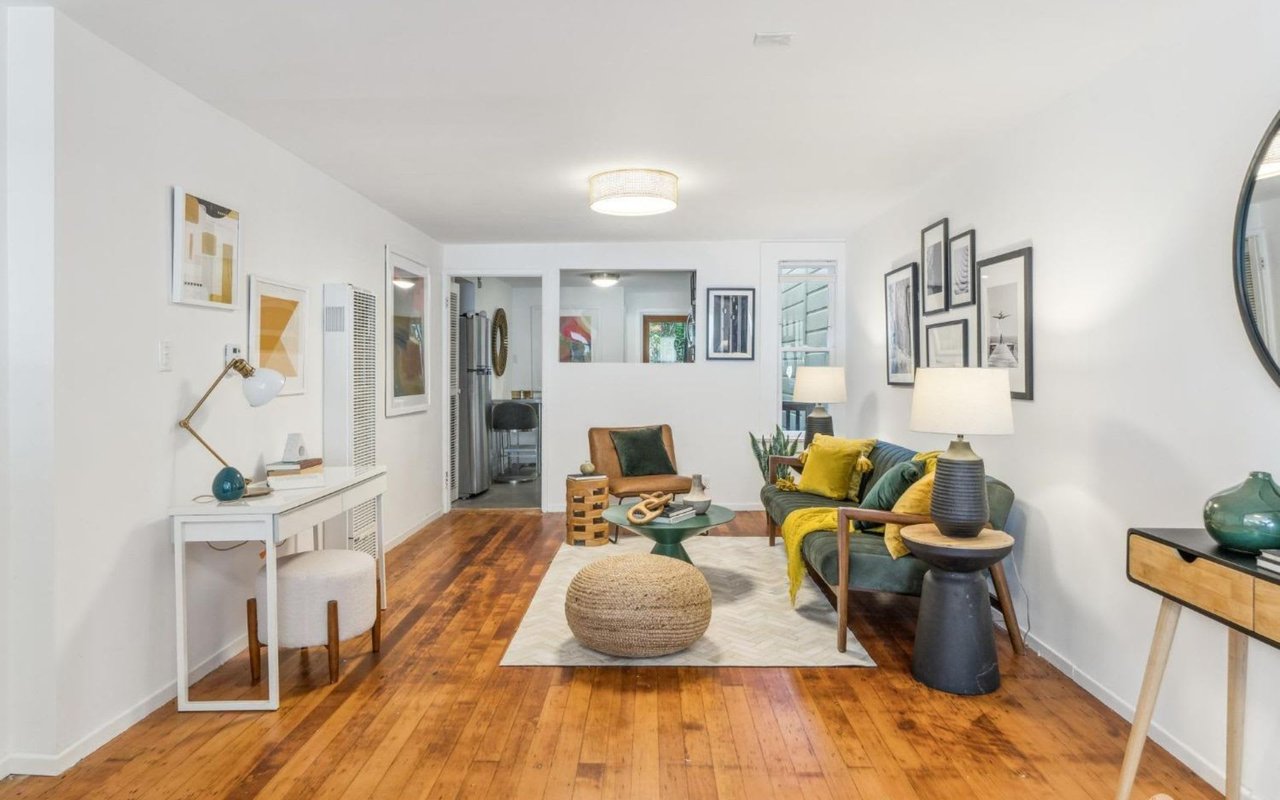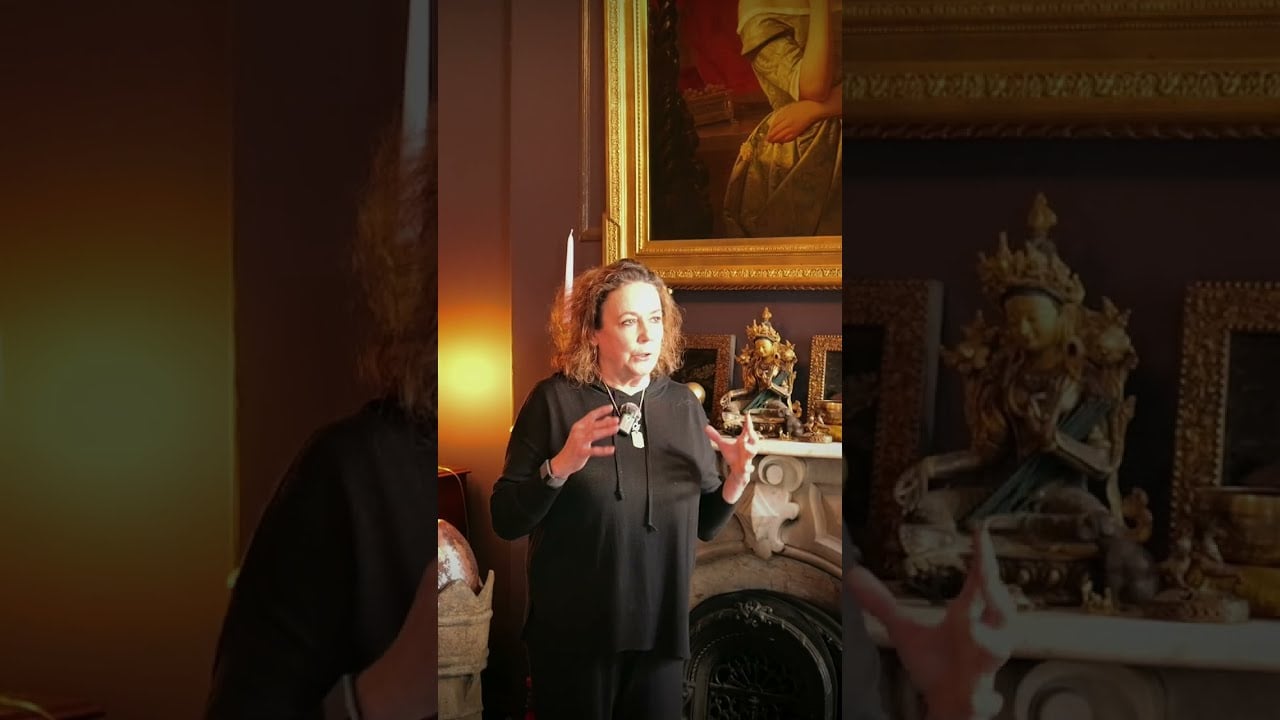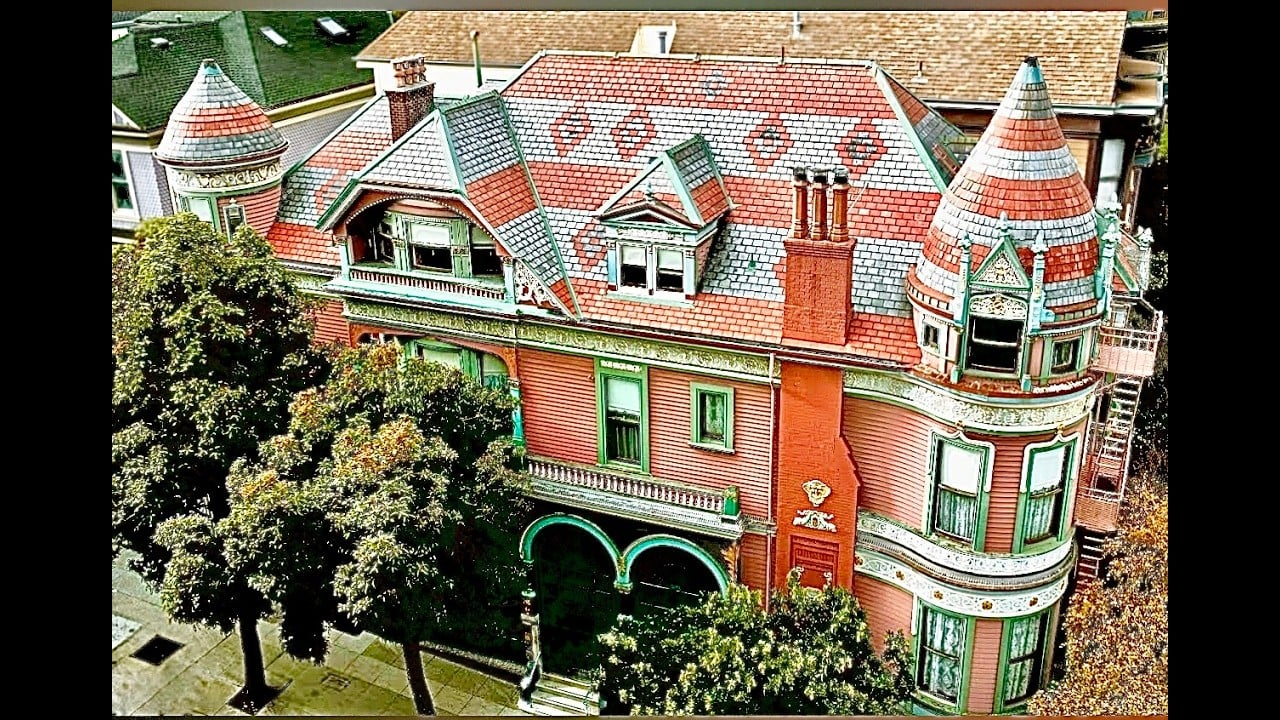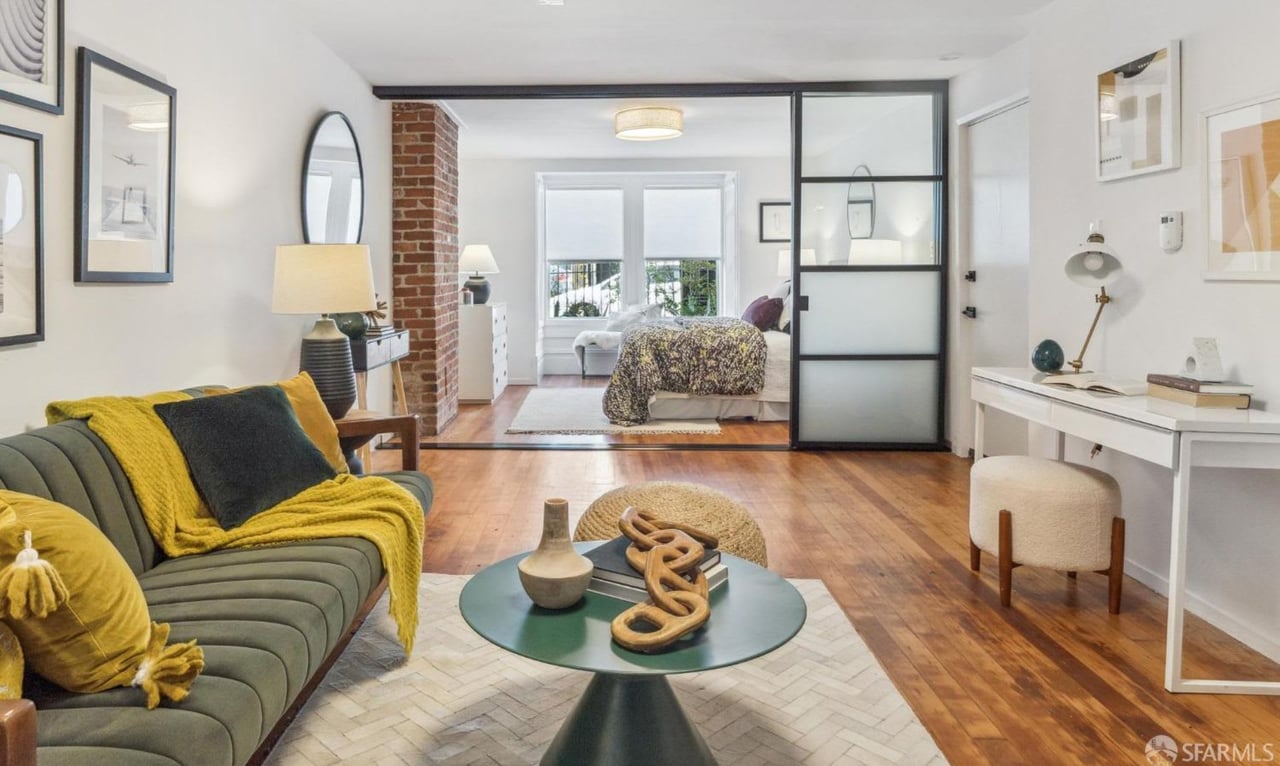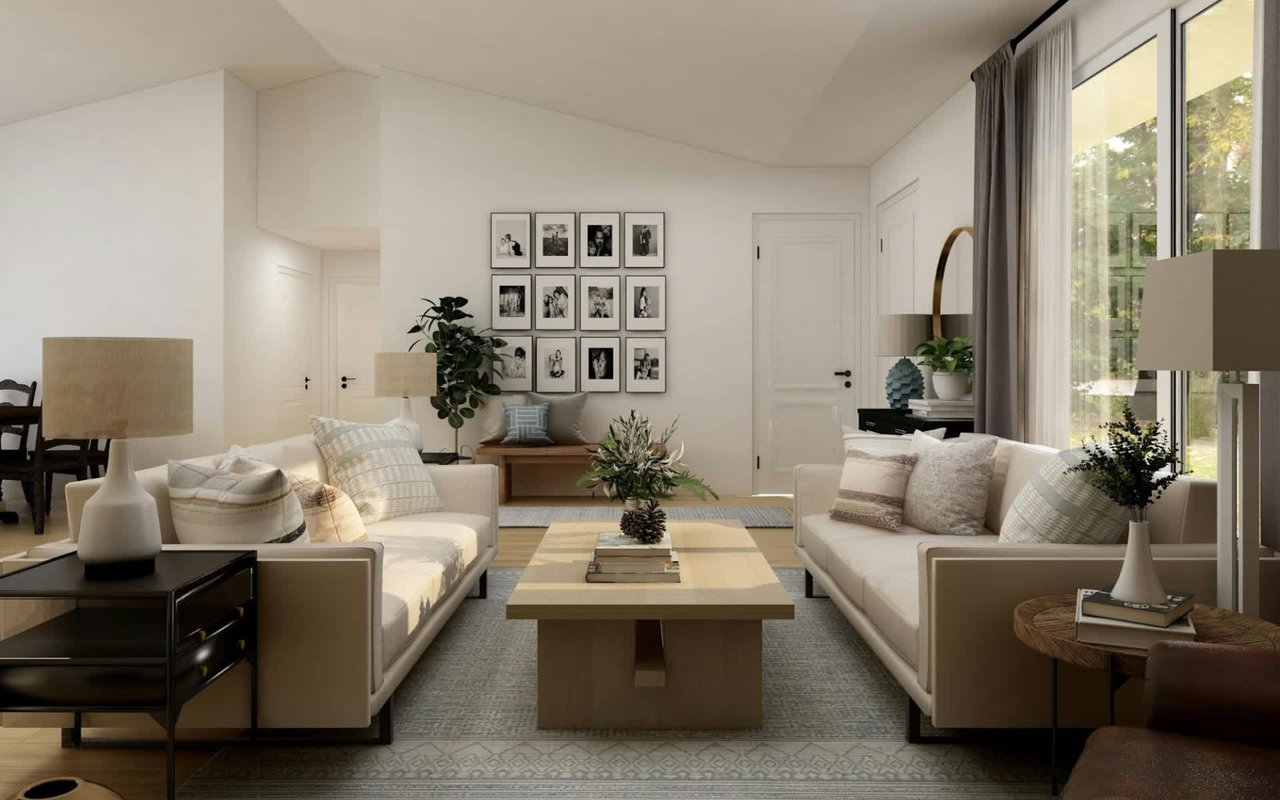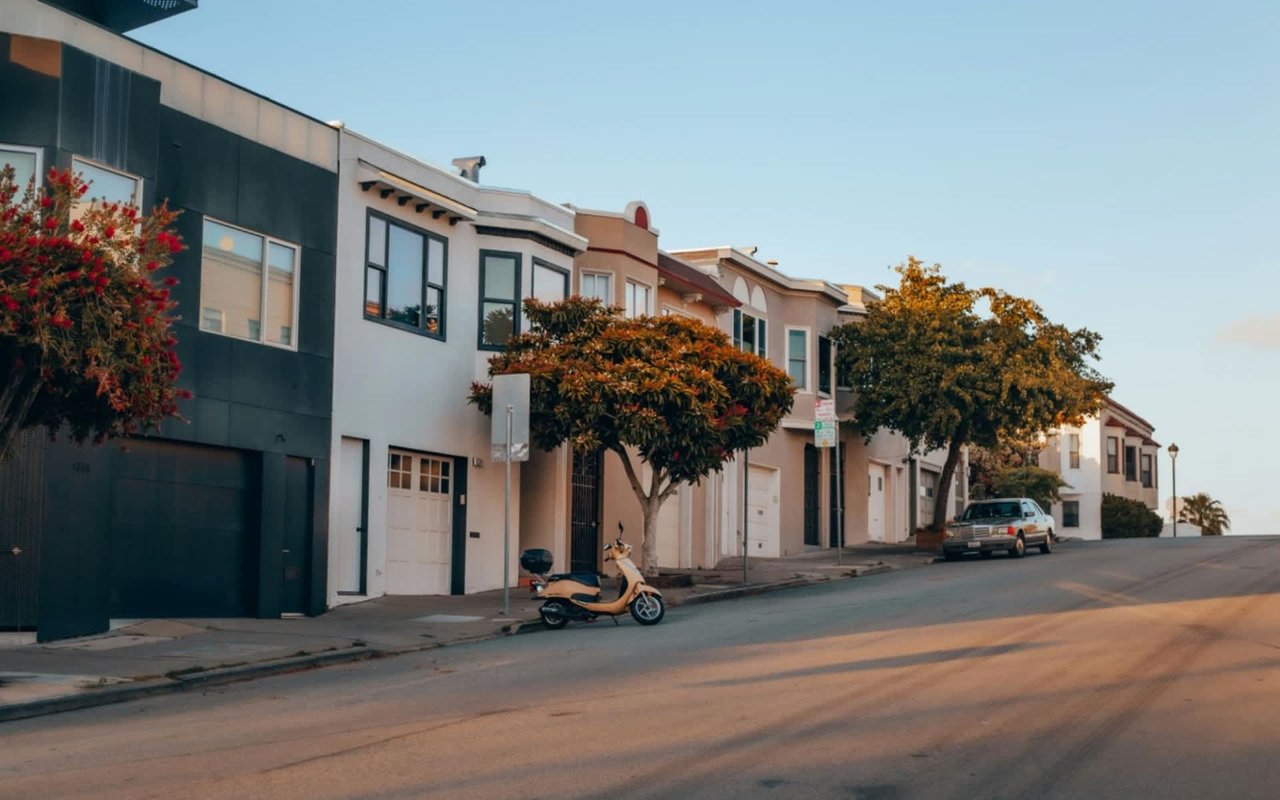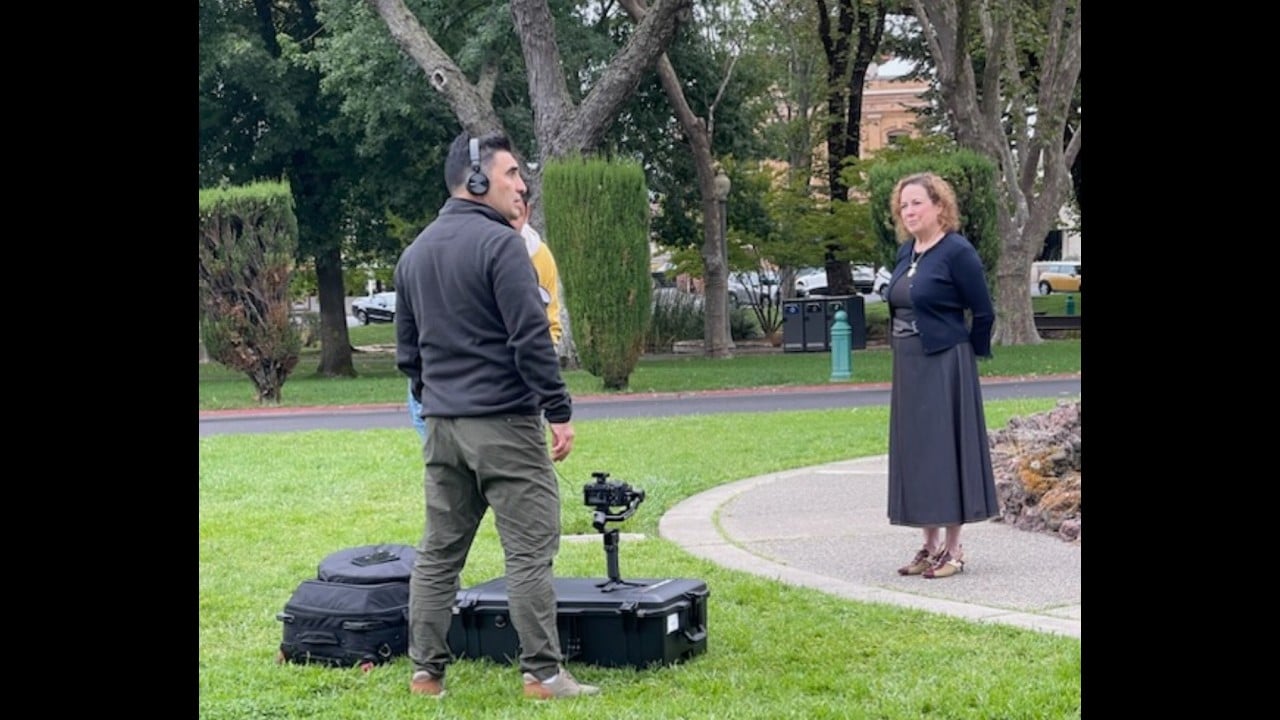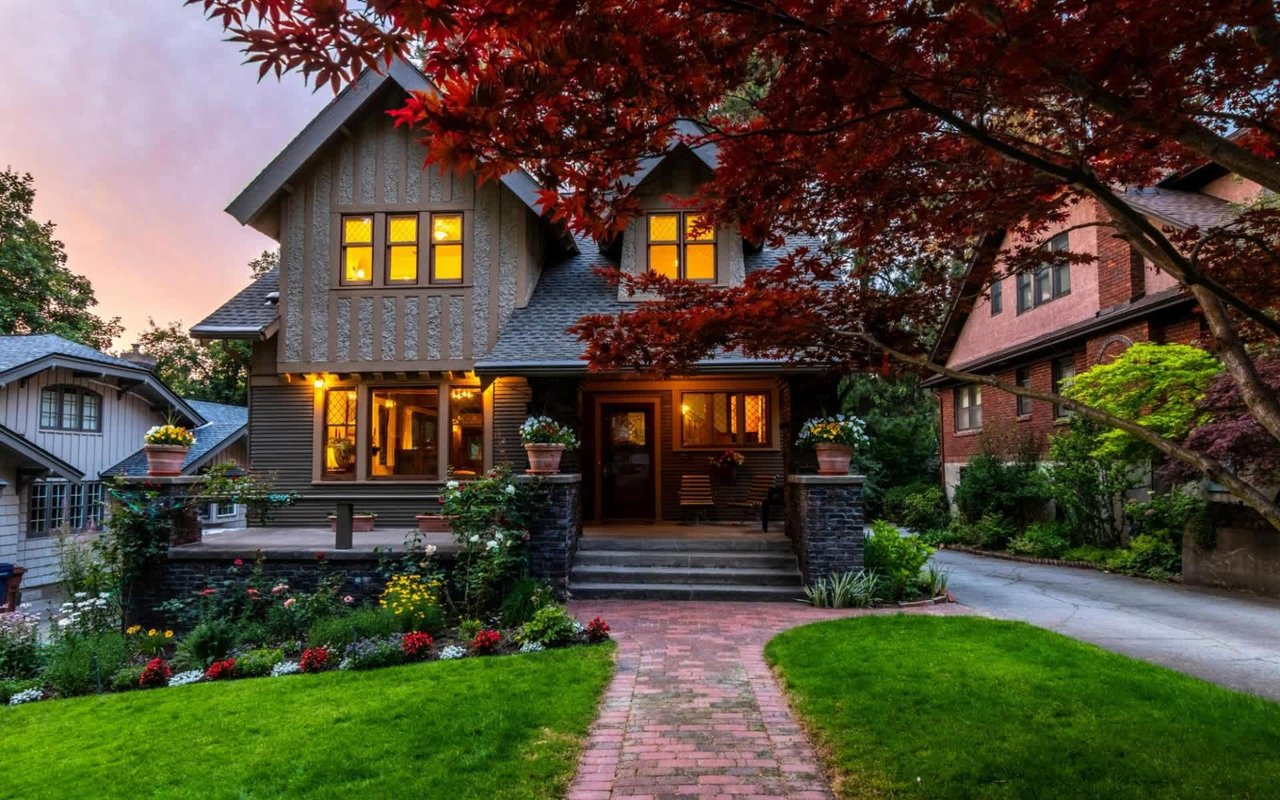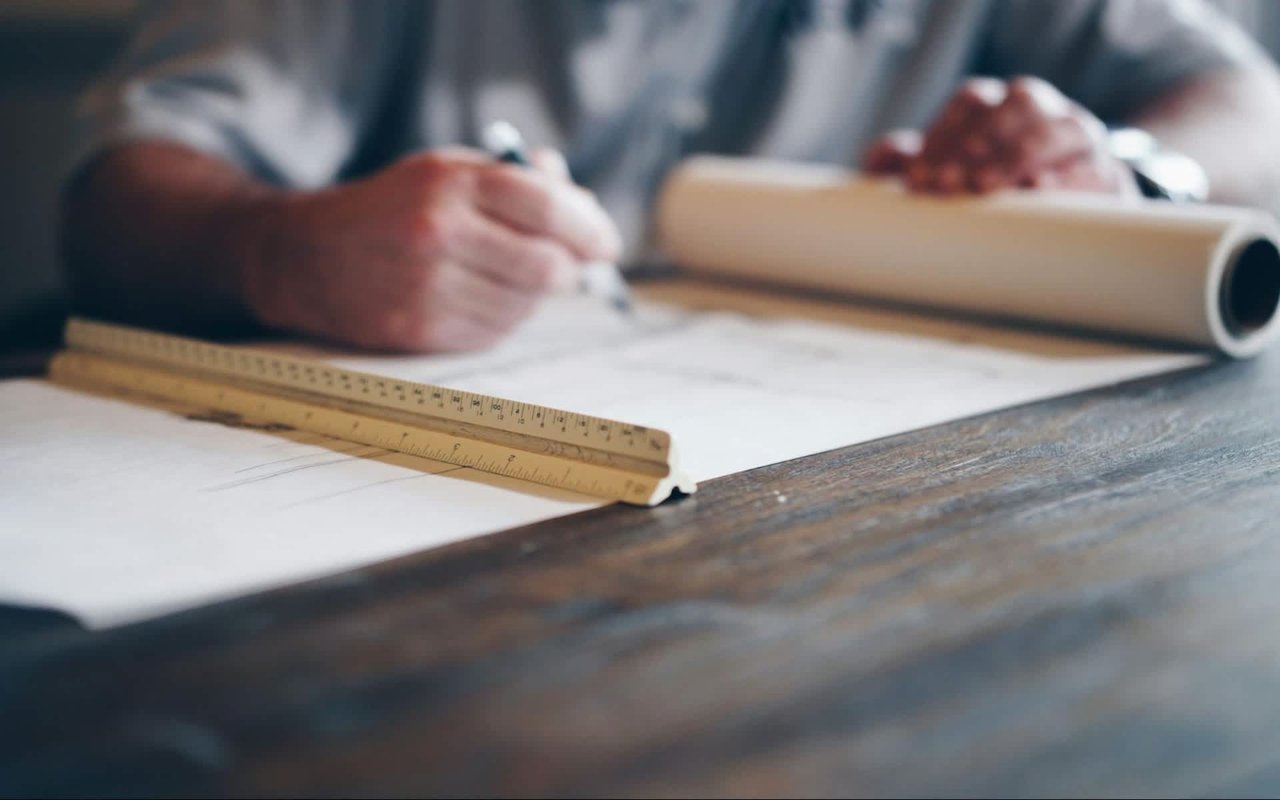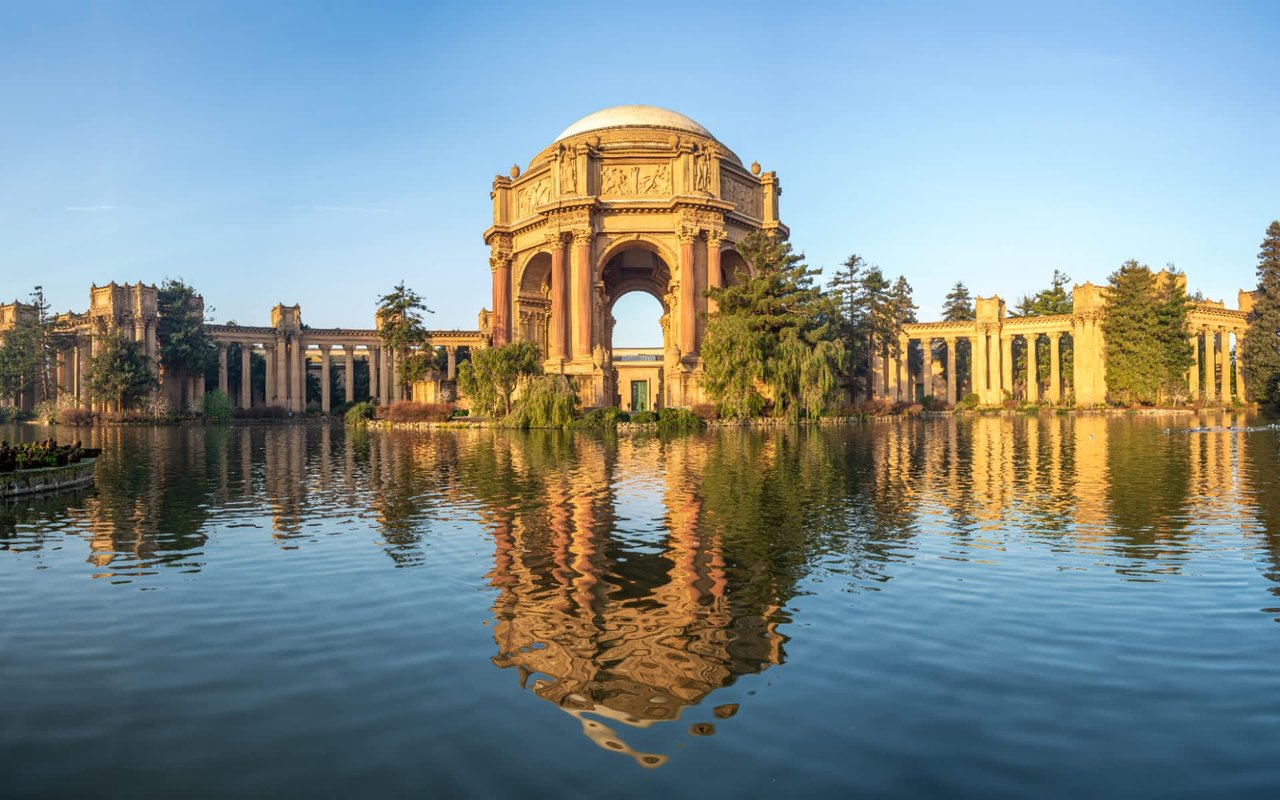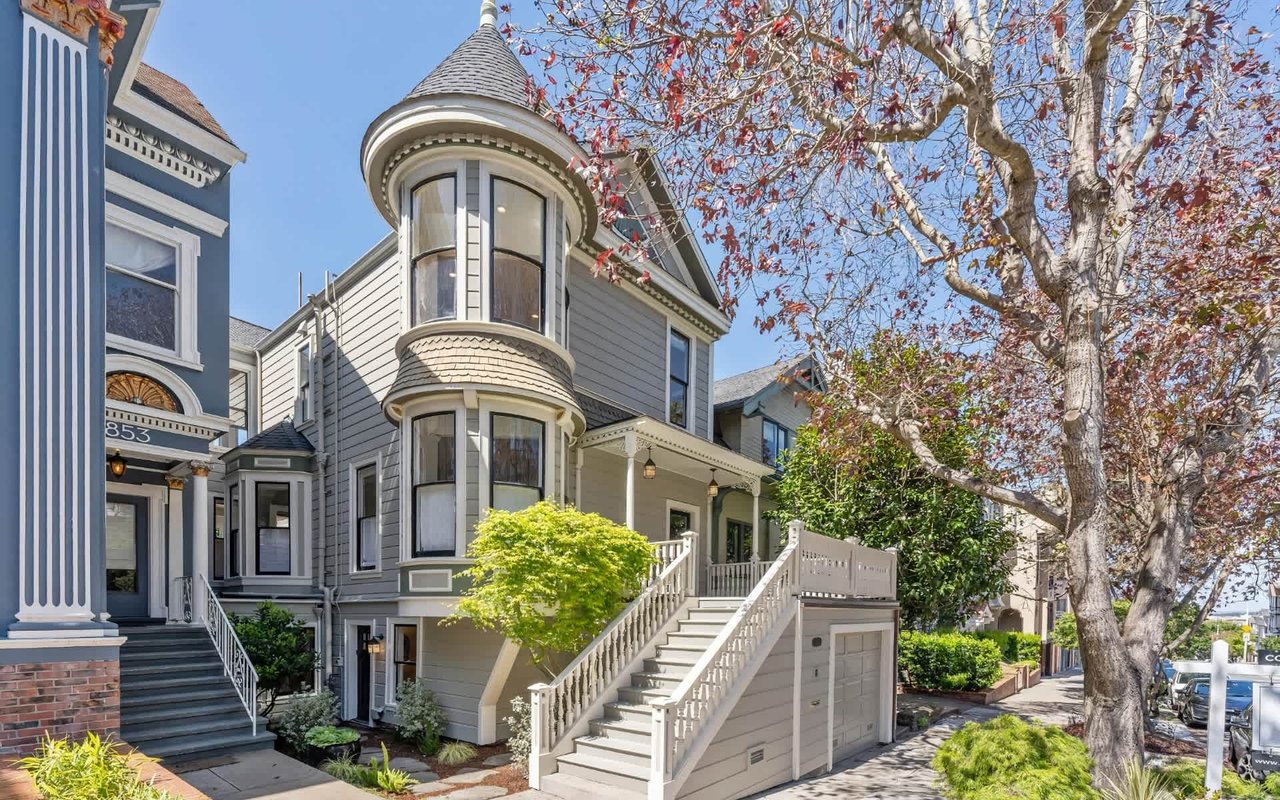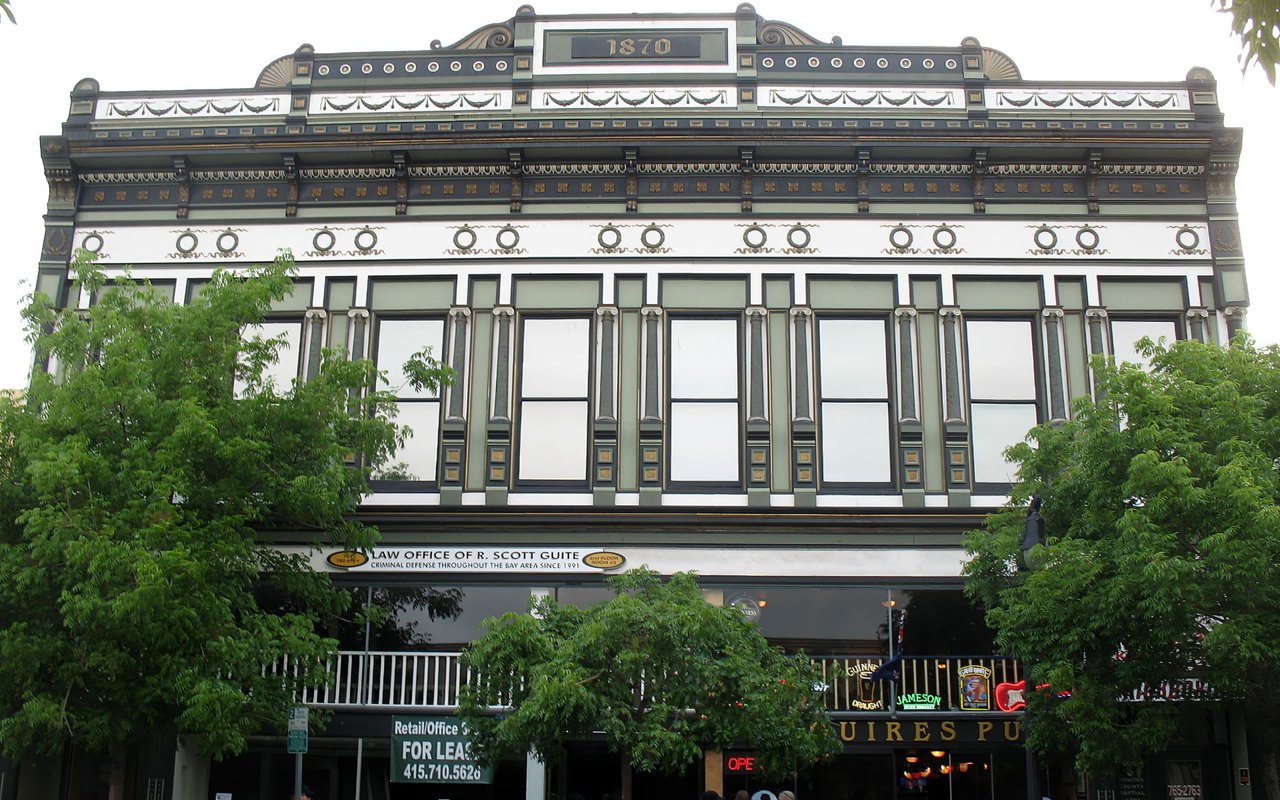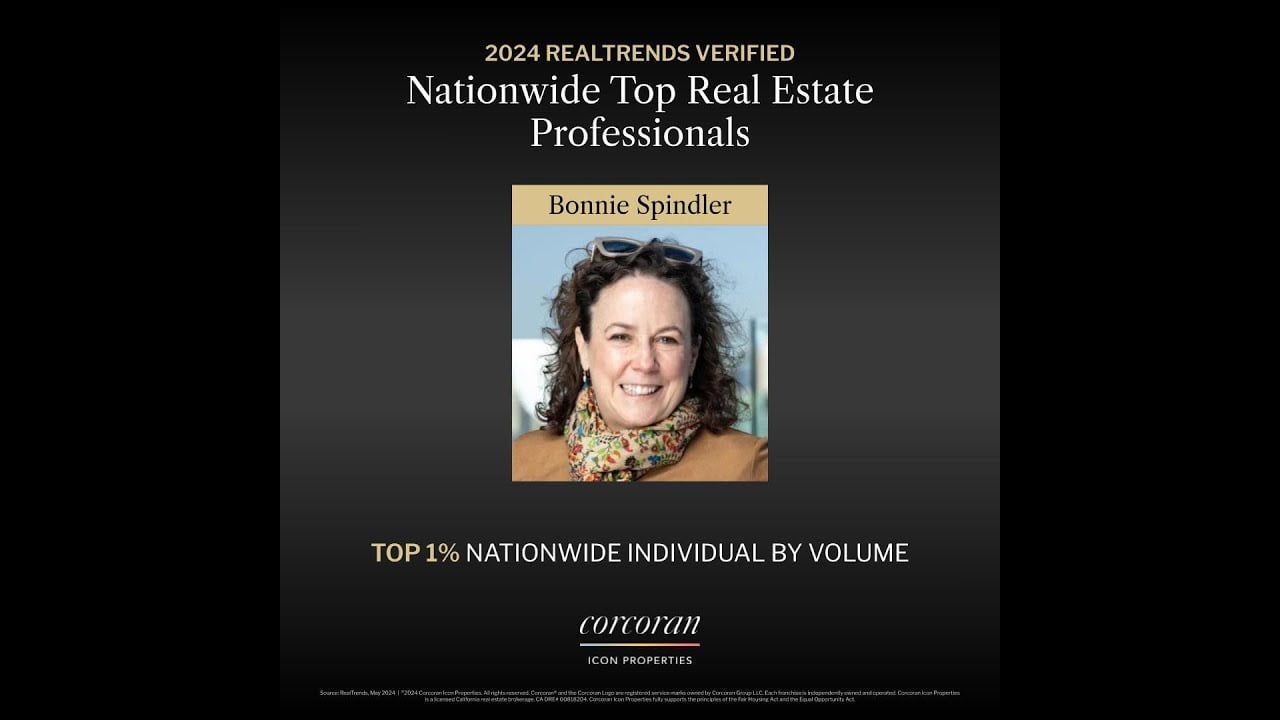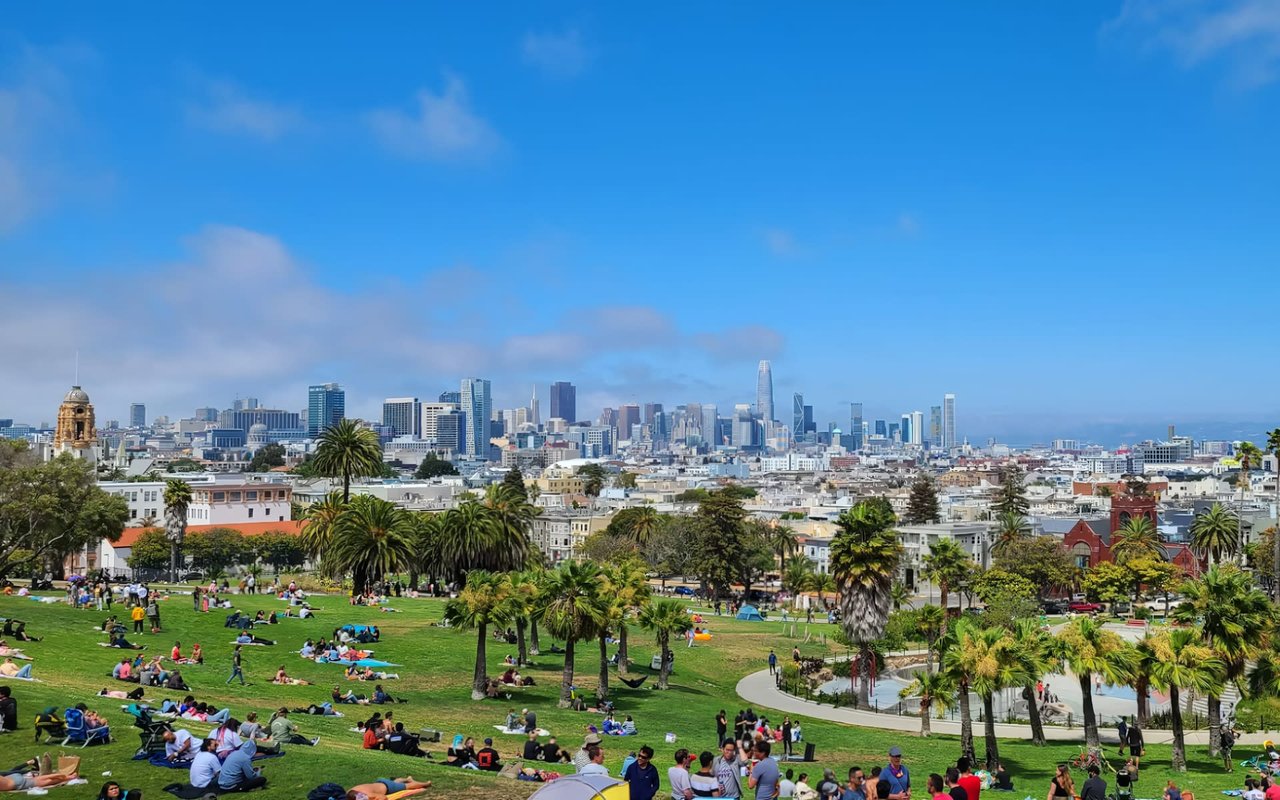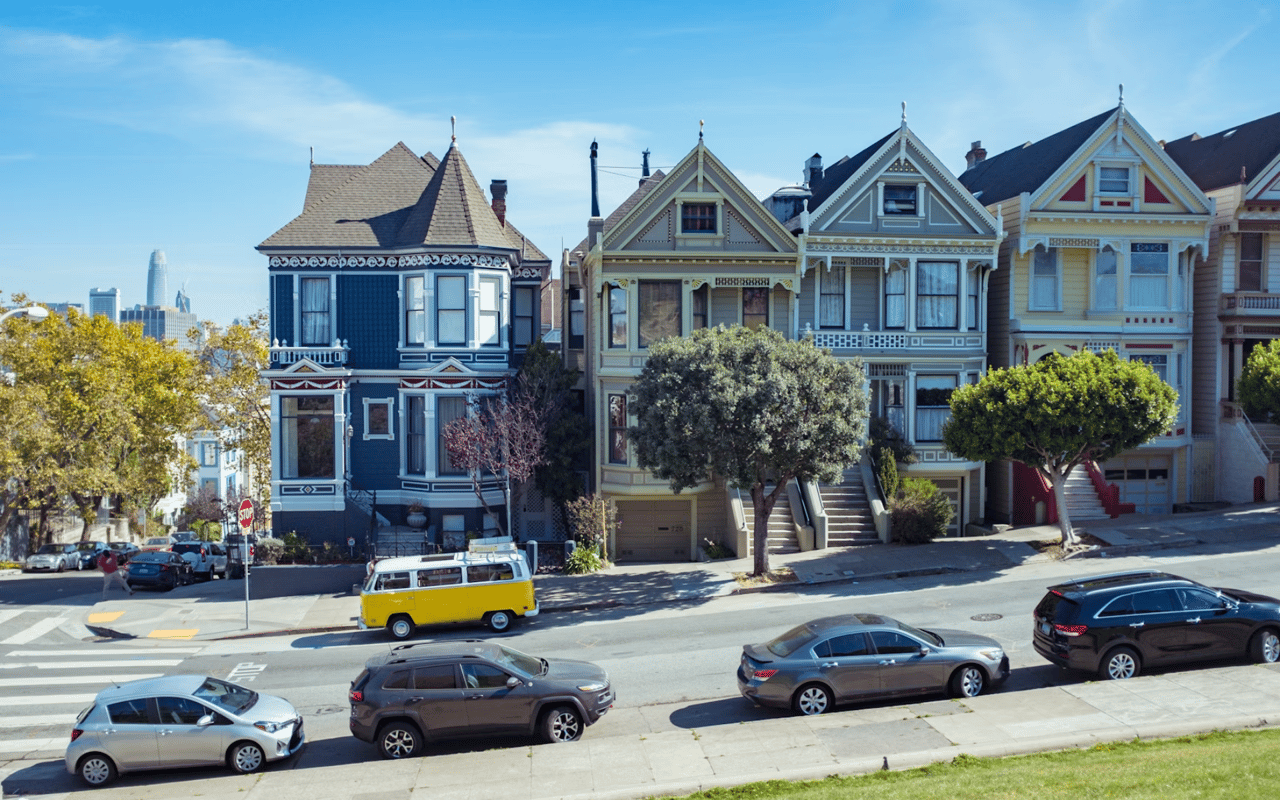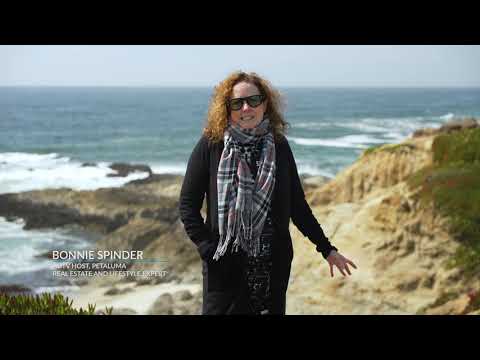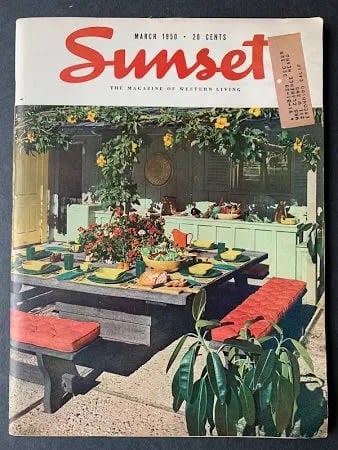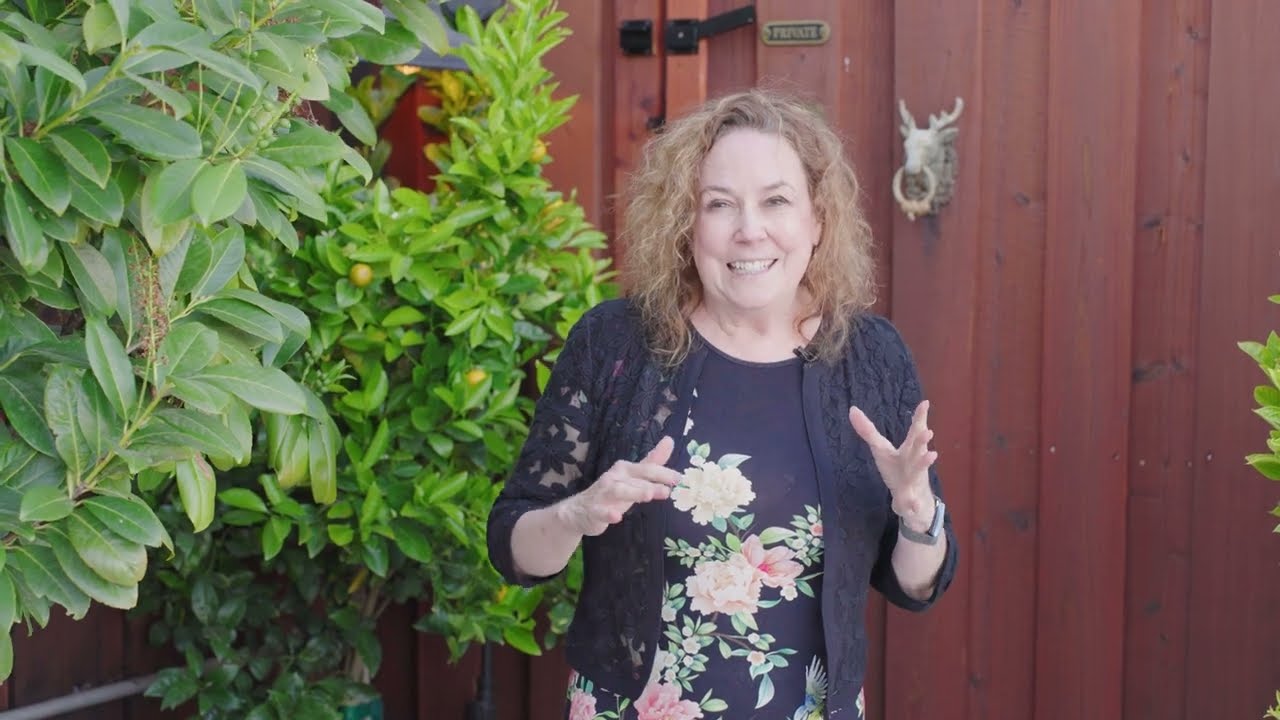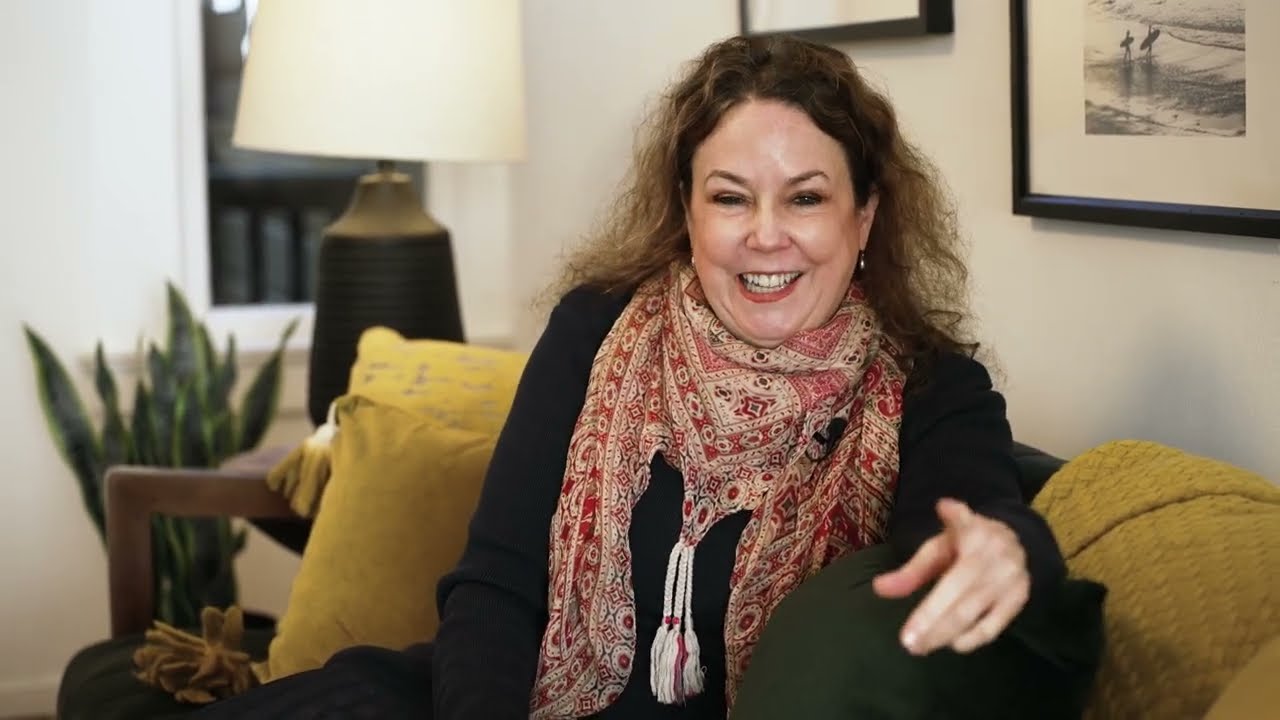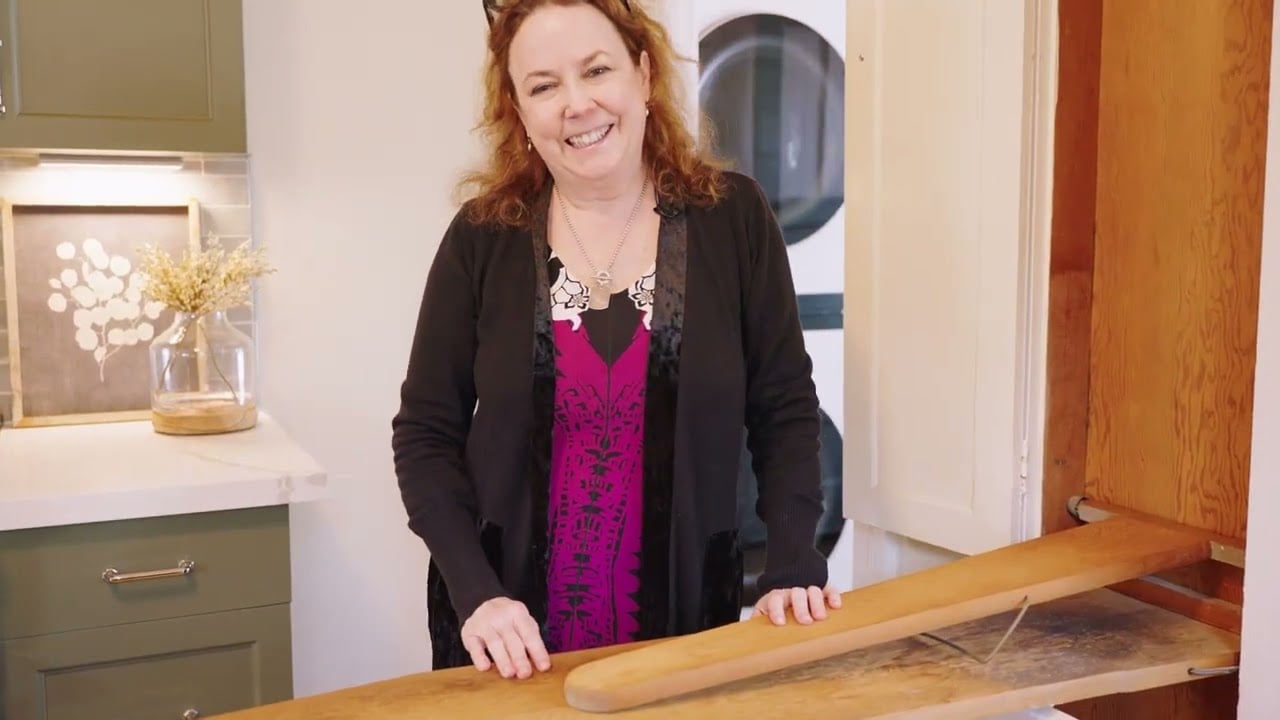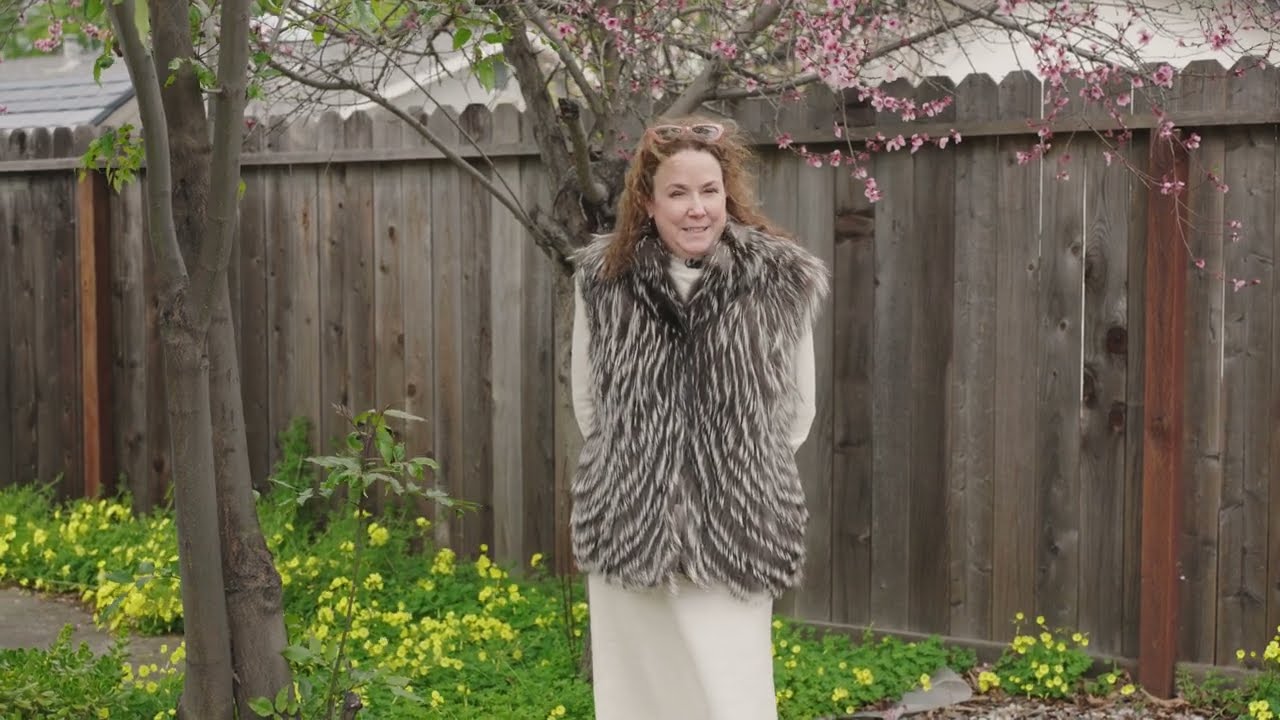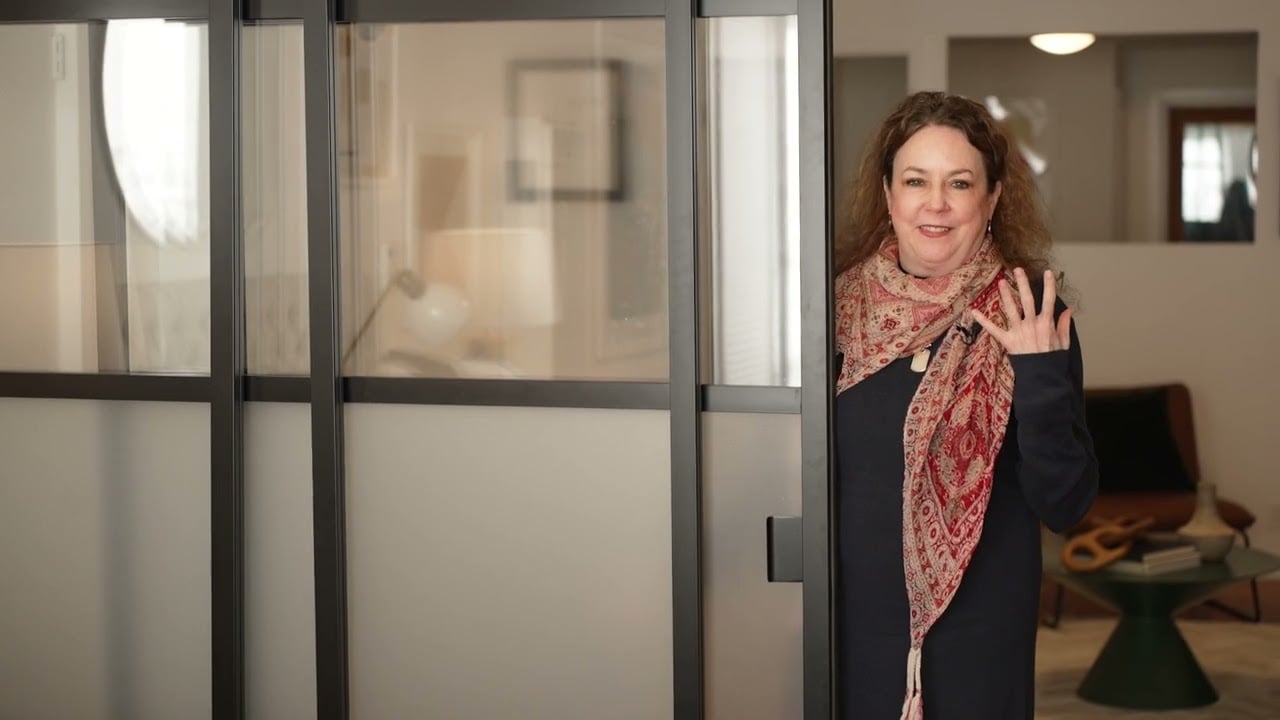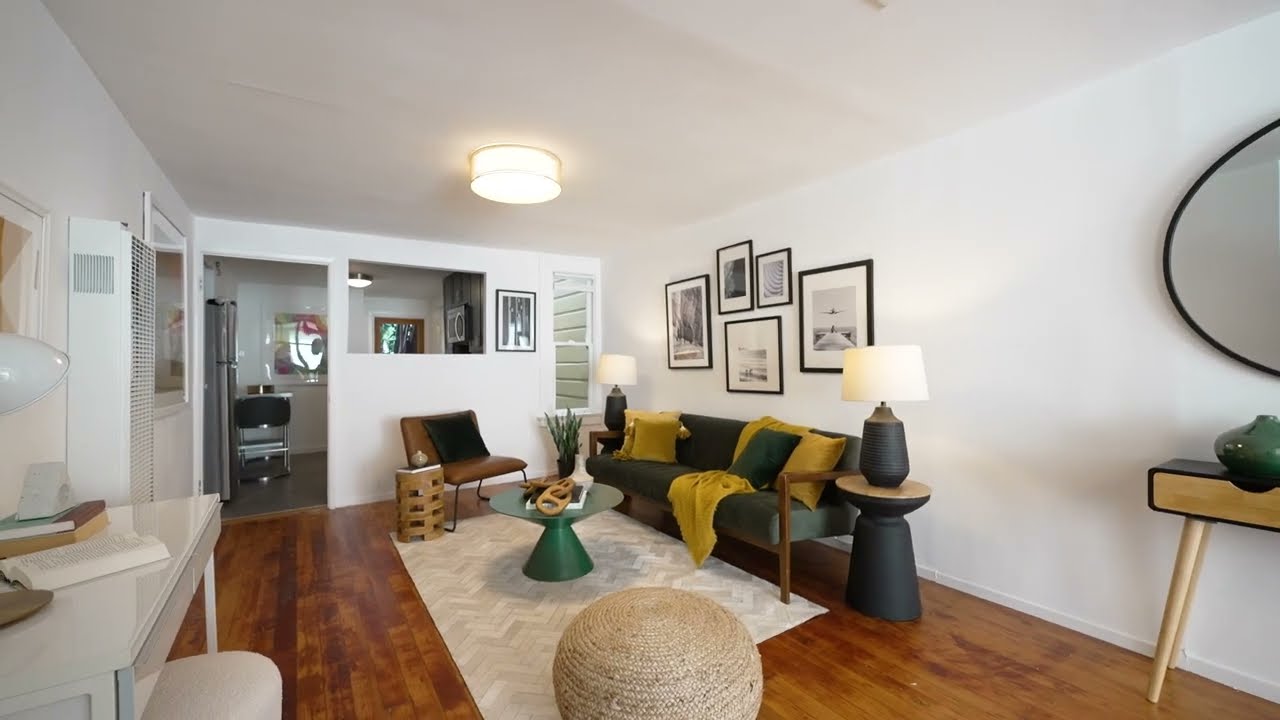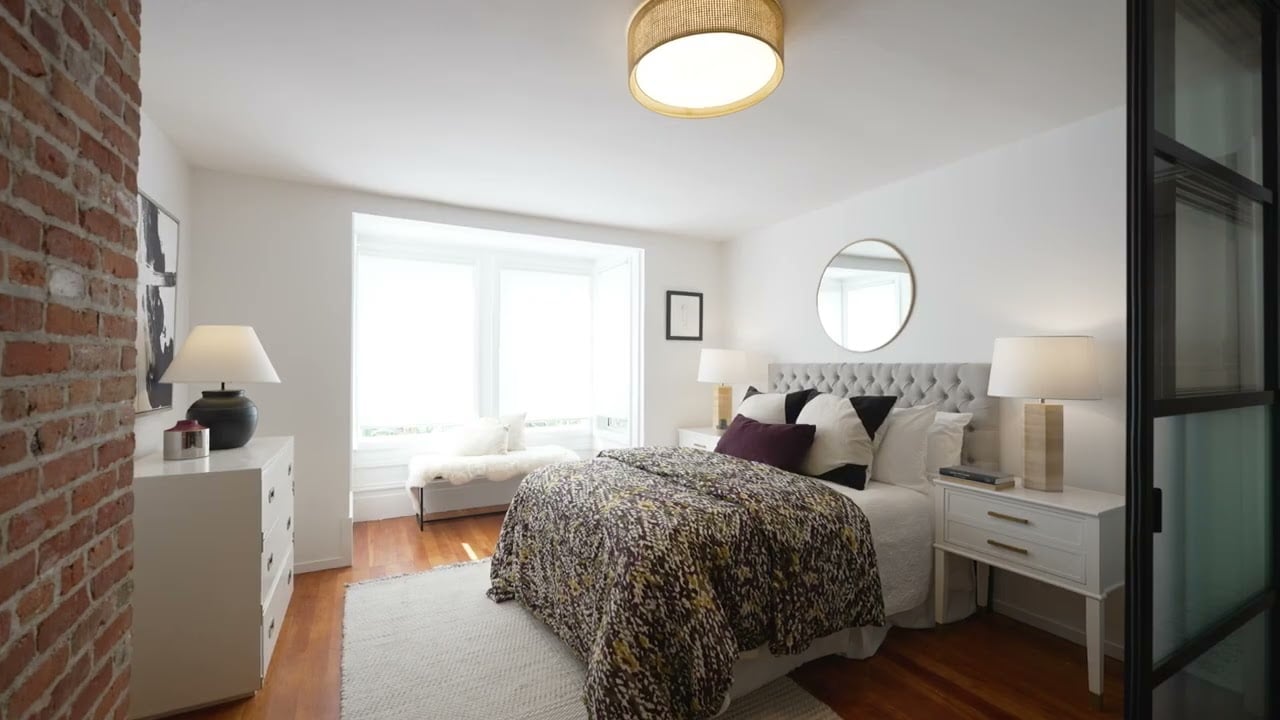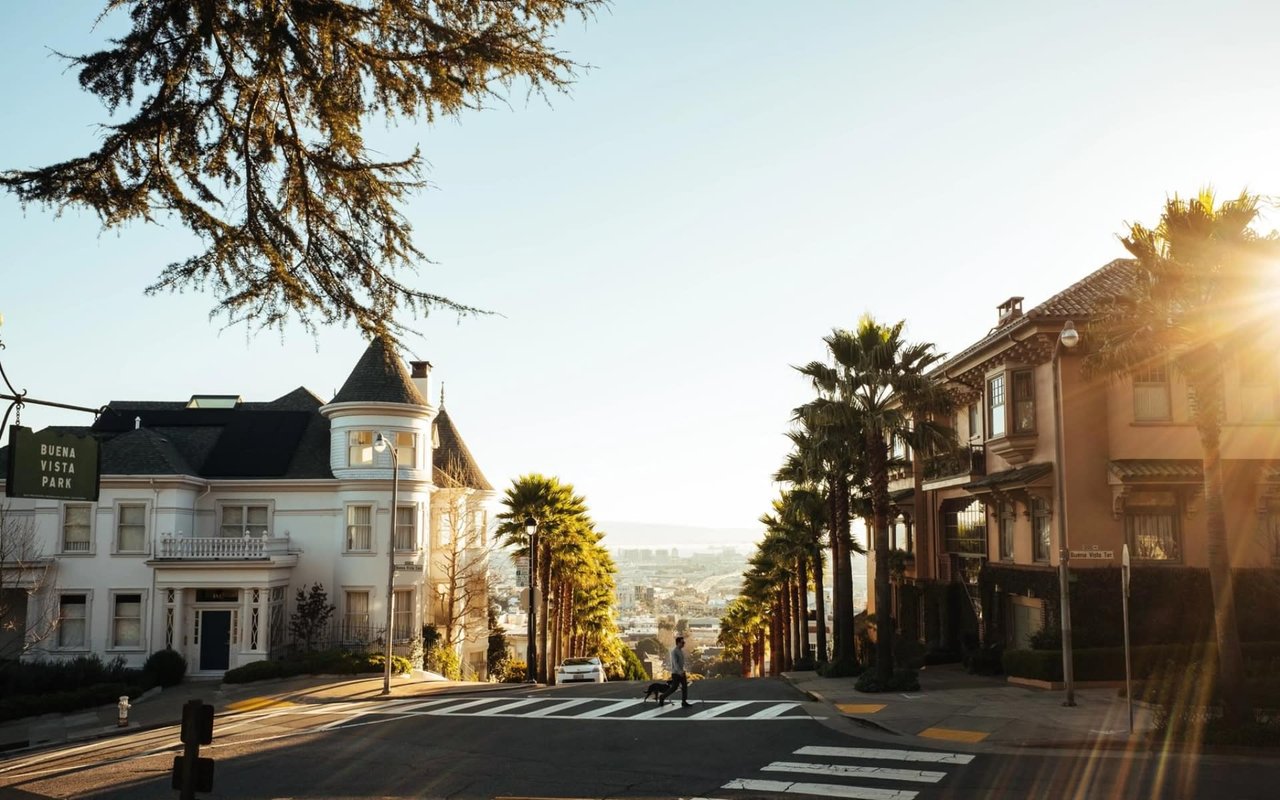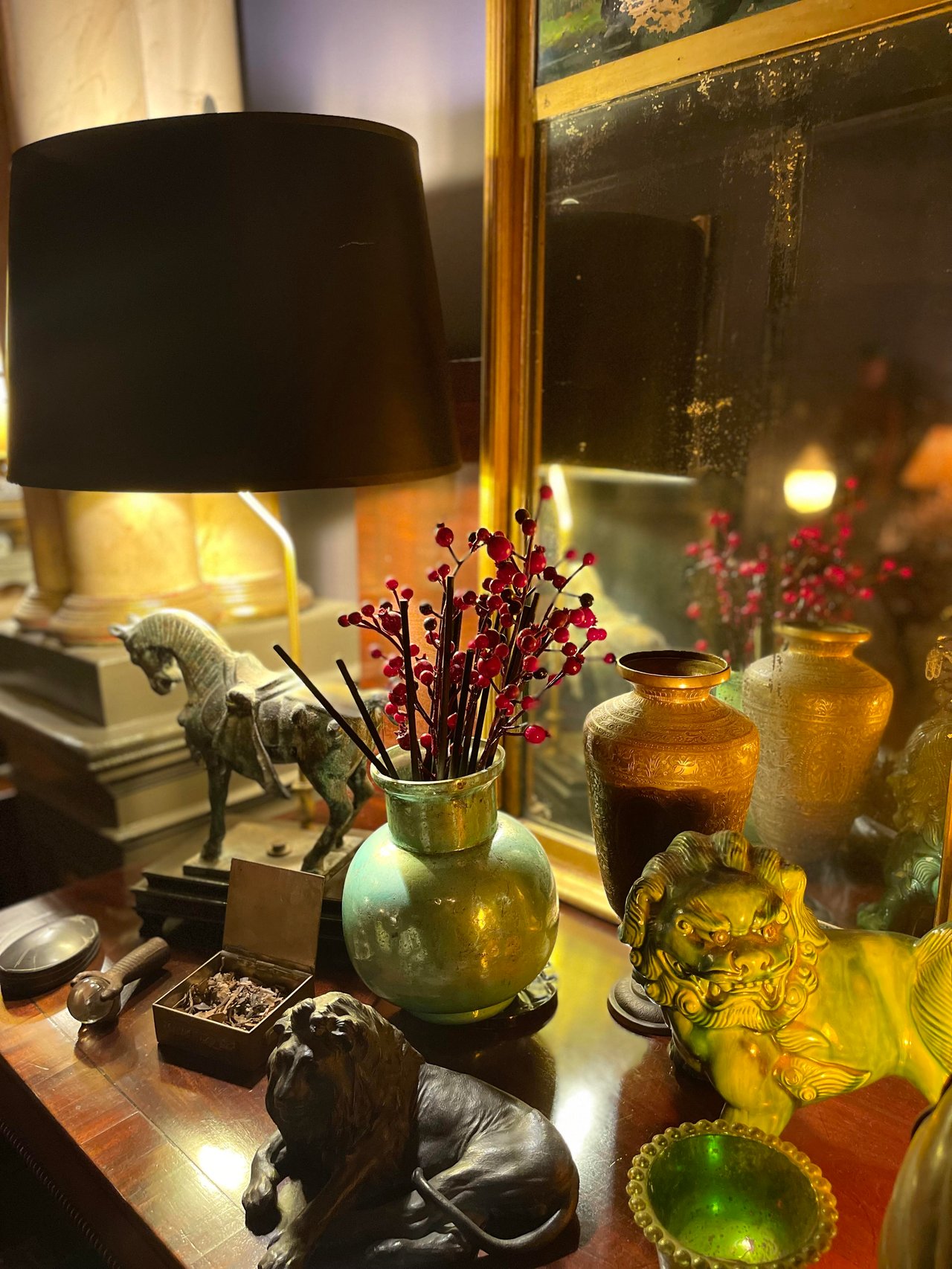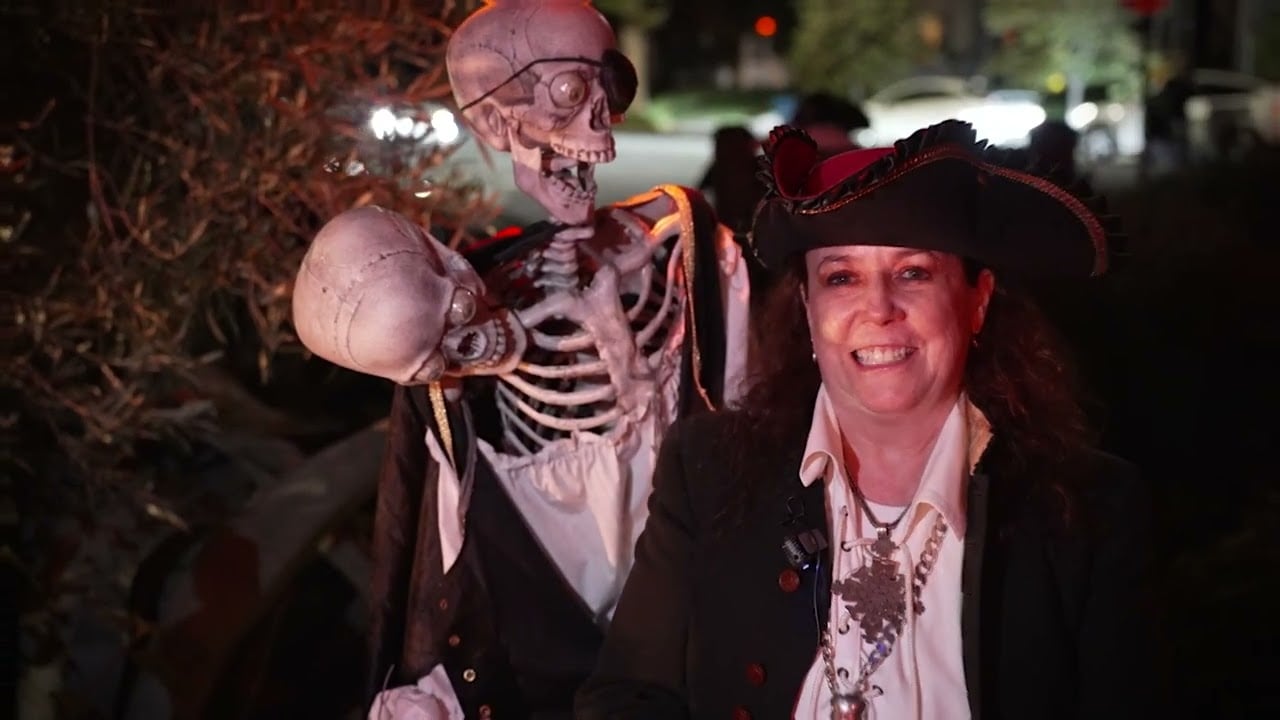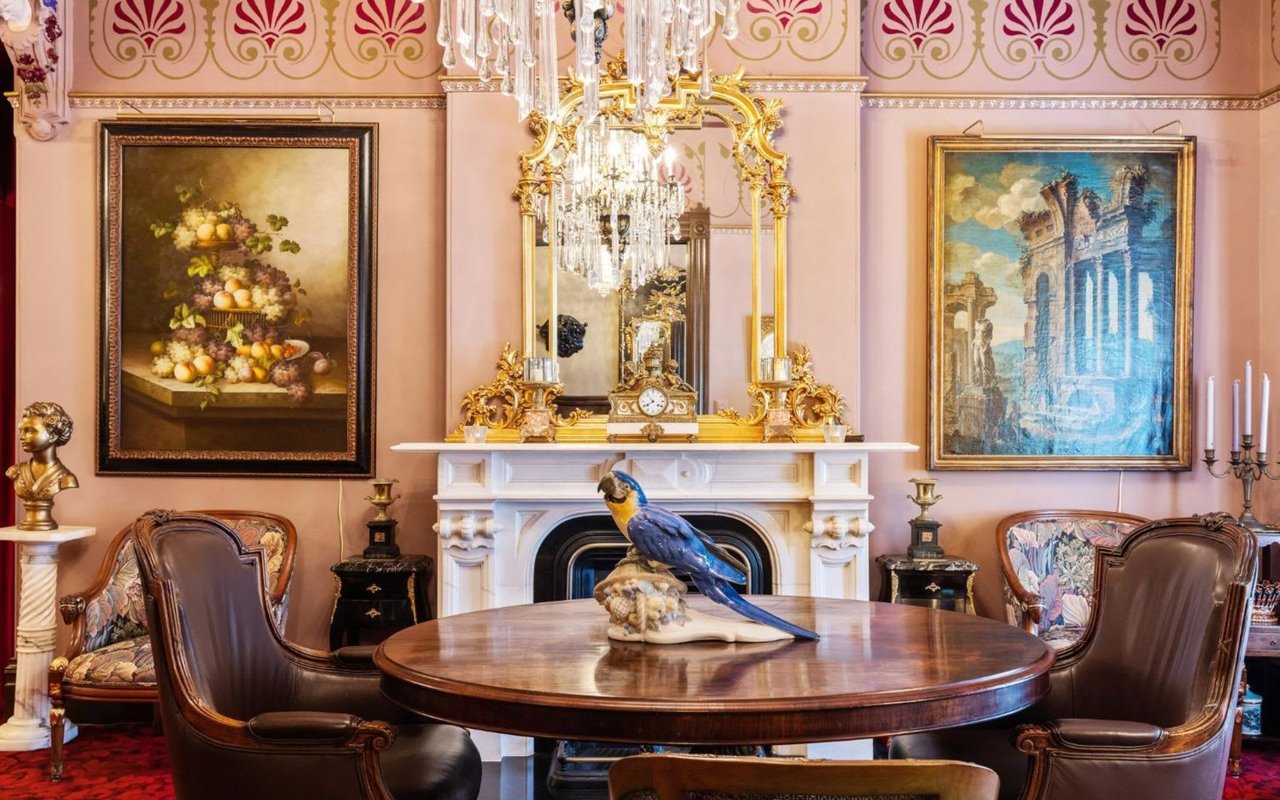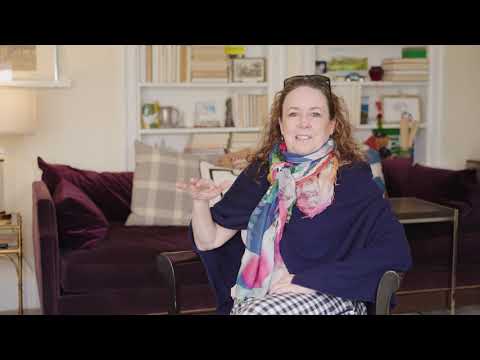Have you ever searched for pictures of “haunted houses” on Google? You probably noticed that almost all of the results—from movie depictions, to hand-drawn images, to real-life residences—are Victorian houses. What is it about this style of architecture that has come to be associated with the paranormal?
As your Victorian Specialist, it’s time to set some things straight. Victorian homes are rich with history and character—not hauntings. Let’s explore some of the possible reasons for this negative association over the years.
A Desire for Modernity
When Victorian homes were first built, very few were wired for electricity and the lighting was often insufficient. Around the 1930s, we saw a drastic change in popular architecture. What was once fashionable, trendy, and modern was deemed dark and unfashionable. We saw a desire for open floorplans, natural lighting, and simplicity. Because Victorian houses did not fit this mold, they started to earn a reputation for being creepy and haunted.
Associations with a Dark Era
During the Depression and post-war areas, many people could no longer afford to maintain their Victorian houses. Many homes were abandoned and left to become dirty and rotten. The rundown houses became associated with haunted mystery because of being large, empty, and covered with spiderwebs and decay. Additionally, Victorian houses, because they were so much larger and gaudy than the houses being built during the Depression, were frowned upon for being vulgar and excessive.
Victorian Houses in Popular Culture
While style changes and the Depression era led to negative connotations with Victorian houses, popular culture brought the haunted and creepy theories to the mainstream. The Addams Family, The Shining, Psycho, and The Amityville Horror all featured the Victorian style as their haunted houses (and hotel). Walt Disney’s “Haunted Mansion” ride and the Winchester Mystery House, are popular “haunted” attractions and are both Victorian-inspired.
Why are they all Victorians? It’s unclear when the first “haunted” Victorian house made its way into popular culture. Someone decided that this style of house seemed creepy, others saw the success of this idea, and then it took off. Haunted Victorian houses have become a cliche in books, movies, and other media sources.
The Carbon Monoxide Connection
One of the most interesting theories for the association between Victorian houses and hauntings is the carbon monoxide connection. During the start of the 20th century, stories of ghost sightings became more prevalent. Also during this time, gas lamps became a more widely used source of light in homes.
Gas lamps have been linked to many instances of carbon monoxide poisoning. Not surprisingly, the symptoms of carbon monoxide poisoning closely resemble signs of hauntings. Symptoms of carbon monoxide poisoning include:
- Headaches
- Dizziness
- Tiredness
- Nausea
- Confusion
- Impaired judgment/memory/coordination
- Hallucinations
Because these symptoms improved when the affected person was out of the house, they could have easily linked the hallucinations or confusion to something within their home. Unfortunately, because carbon monoxide is colorless, tasteless, and odorless, it was probably a lot easier to assume paranormal activity than poison in the air.
With all of these theories, word of mouth is a huge factor. Haunting stories or unexplained events often lead to more “instances.” For example, if someone told you a house was haunted before you entered, you may immediately assume any strange noise you hear is a hidden ghost. But if no one had put the idea in your head first, you may just attribute a strange noise to the old structure of the home. That creaky floorboard is just a sign that the house has been through a lot over the years.
Regardless of the stereotypes and cliches associated with Victorian houses, there’s no denying that these homes are filled with character. Owning a Victorian is like owning a little piece of history—your own private museum. Rich with stories of a completely different lifetime, Victorian houses are unlike any of the simple, modern homes being built today.
